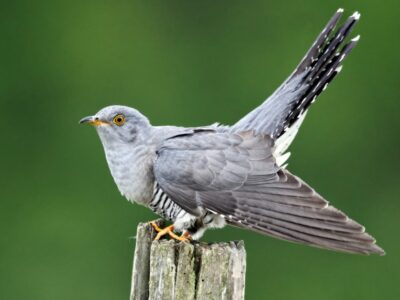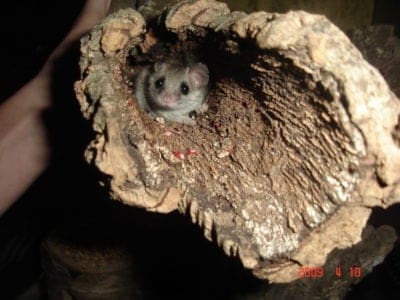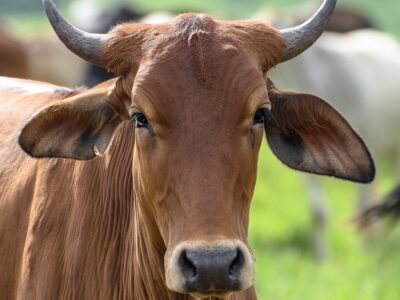Below you can find a complete list of Burmese animals. We currently track 288 animals in Myanmar and are adding more every day!
Myanmar (also known formerly as Burma) is a mid-sized country in Southeast Asia that gained its independence from British rule in 1948. It is bordered by India, Bangladesh, China, Laos, Thailand, and the Indian Ocean. Across its vast tropical rainforests, wetlands, mountains, plains, and coastlines, the country is considered to be an immense biodiversity hotspot, but much of its unique wildlife is now in danger of being lost to human activity.
The Official National Animal of Myanmar
Both the Indochinese tiger and the grey peacock pheasant are on the list of national symbols. The endangered green peafowl was once a symbol of the monarchy and still appears throughout the country today.
Where to Find the Top Wild Animals in Myanmar
Myanmar has dozens of national parks scattered throughout its diverse ecosystems. The Alaungdaw Kathapa National Park, located in the northwest region of Sagaing, features temperate coniferous, broadleaf, and mixed forests. Some of its residents include brown bears, barking deer, clouded leopards, civets, elephants, and other mammals. The Hlawga Park in the southeast region of Yangon features a diverse array of deer, pangolins, pythons, storks, and other types of birds. It also has a mini-zoo to delight visitors with tigers, leopards, bears, and crocodiles.
The Lampi Island Marine National Park, located in the country’s far south just off the coast of the Malay Peninsula, is a good spot to find whales, dolphins, dugongs, and sea turtles. It also has plenty of reptiles, amphibians, and the rare Sunda pangolin. Other excellent parks to visit are the Loimwe National Park, Mount Victoria National Park, Popa Mountain National Park, and Tanintharyi National Park.
The Most Dangerous Animals in Myanmar Today
Like few other places on the planet, Myanmar is a hotspot of deadly snakes. Out of the 150 or so snake species in Myanmar, around 40 of them are venomous. Thousands of people are bitten every year, and about 8% of them die, compared to only 4% elsewhere. This has made it dangerous to wander alone in some rural areas of the country.
- Russell’s Viper – Only found in the western part of the country, Russell’s Viper is nevertheless highly dangerous. The venom from its bite can cause pain, swelling, and bleeding, which may persist for days or weeks. Unless the venom is treated quickly, kidney, respiratory, or heart failure can occur in a minority of cases.
- King Cobra – As the world’s longest venomous snake, the king cobra has long been feared and respected throughout Southeast Asia. The dangerous toxin attacks the central nervous system, resulting in pain, blurred vision, vertigo, and even paralysis. Death can sometimes follow within an hour of a bite.
- Indochinese Spitting Cobra – Endemic to the eastern part of the country, this snake has the ability to spit venom at its target, causing serious pain and possible blindness. If that fails, then it can inject venom directly into its victim, causing pain, swelling, tissue death, and even paralysis. In rare instances, death can occur.
- Banded Krait – Identified by the alternating bands of yellow and black rings, this species can deliver a dangerous neurotoxin that causes vomiting, abdominal pain, diarrhea, and dizziness. Death can occur in a small number of cases.
- Saltwater Crocodile – As one of the largest and most aggressive crocodiles in the world, this species will often attack and kill people who accidentally wander into its territory.
Endangered Animals in Myanmar
As deforestation has transformed its environment and poaching runs rampant, Myanmar has struggled to protect what remains of its diverse wildlife. Many of its unique animals are now in danger of extinction. These include some of the most well-known mammals on the planet.
- Asian Elephant – One of the largest land animals in the world, the Asian elephant is now being threatened by habitat loss, population fragmentation, and the illegal poaching of its ivory tusks.
- Indochinese Tiger – This subspecies of the tiger, found exclusively in Southeast Asia, is in danger of extinction from habitat loss and hunting. It is believed that less than a hundred remain in Myanmar and only about 350 of them remain in total.
- Myanmar Snub-Nosed Monkey – First recognized as an independent species in 2011, this arboreal primate, with its black fur, long tail, and short nose, is native to the country’s northern forests. But logging and hunting have reduced population numbers to only a few hundred individuals.
- Red Panda – This small carnivorous mammal, which looks like a cross between a bear and fox, is native to the country’s north. It is threatened by deforestation and competition with livestock for land.
- Eld’s Deer – This species was once quite common throughout the grasslands of Southeast Asia. But after the 1950s, overhunting caused populations to fall by some 90%.
- Fishing Cat – Endemic to the swamps and marshlands near the delta of the Ayeyarwady River, the fishing cat is a medium-sized wild feline, threatened by the loss of wetlands.
- Spoon-billed Sandpiper – This small wading bird breeds in Russia and flies south toward Southeast Asia for the winter. But the route along the way has been completely disrupted by habitat loss and industrialization. They are also hunted to death upon arriving in Southeast Asia.
- White-rumped Vulture – This scavenging vulture was once widespread across Southeast Asia. But a decline in prey population and cases of accidental poisoning from medications have caused it to almost completely disappear.
Burmese Animals
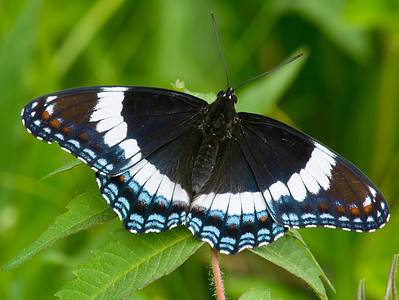
Admiral Butterfly
Stunningly beautiful wings
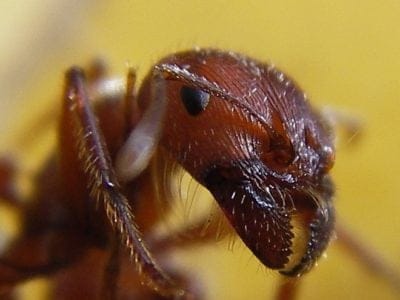
Ant
First evolved 100 million years ago!
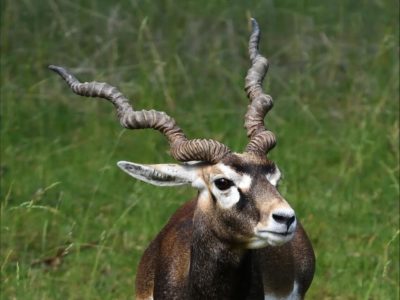
Antelope
Renew their horns every year!
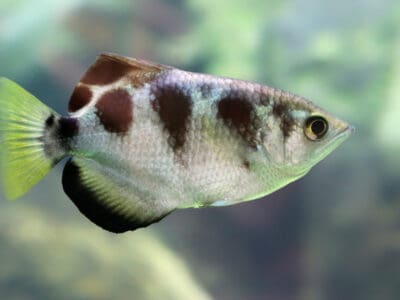
Archerfish
Archerfish can shoot a stream of water up to five feet with amazing accuracy.
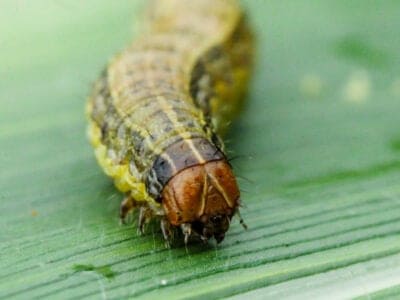
Armyworm
They are so named because they "march" in armies of worms from one crop to another in search of food
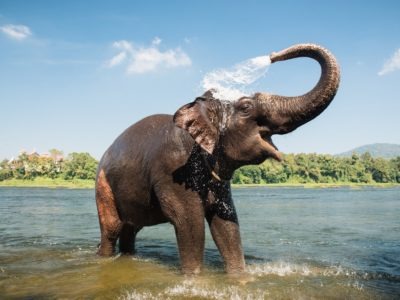
Asian Elephant
Domesticated for hundreds of years!
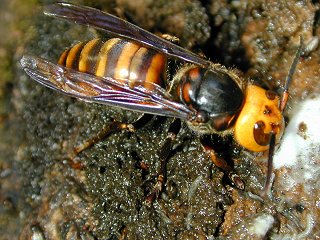
Asian Giant Hornet
The largest wasp in the world!
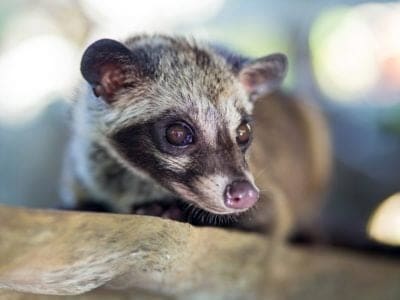
Asian Palm Civet
It mainly eats mangos and coffee!
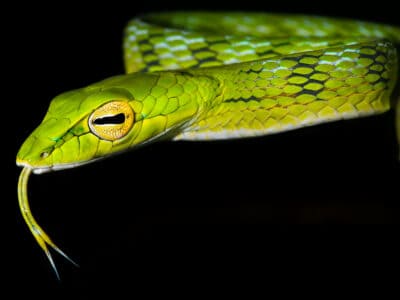
Asian Vine Snake
This snake chews on its victims to release venom.
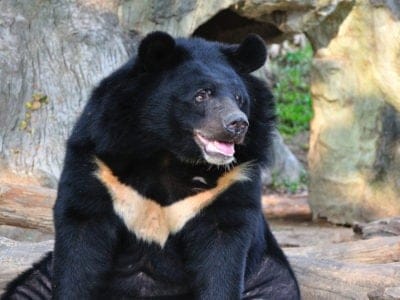
Asiatic Black Bear
Known to eat 160 different tree-borne fruits in Thailand!
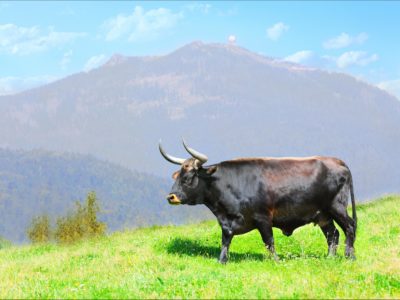
Aurochs
Extinct ancestor of all domesticated cattle!
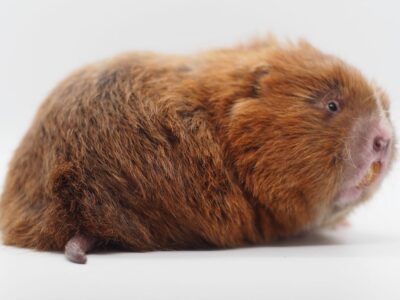
Bamboo Rat
They make a "boop, boop, boop" sound when danger draws near their burrow.
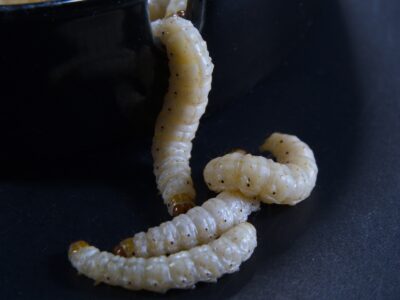
Bamboo Worms
Bamboo worms are the larvae of moths that are eaten as a delicious snack in some parts of Asia.
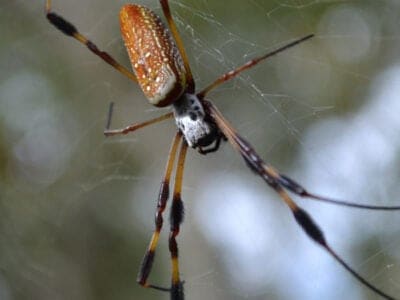
Banana Spider
People spin clothing and fishing nets out of these spiders’ silk.
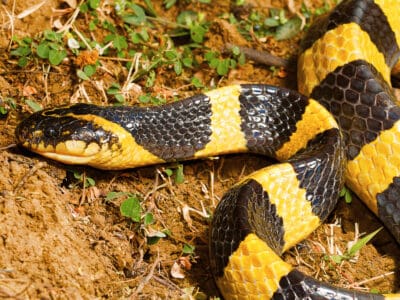
Banded Krait
What often prevents more people from falling victim is that the banded krait does not always inject venom in a defensive bite. It saves the venom for hunting prey instead.
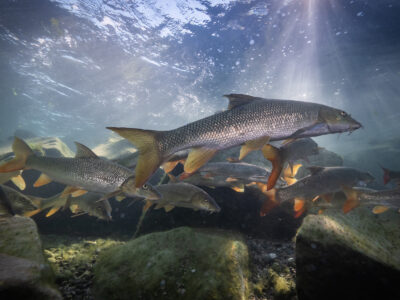
Barb
There are over 1768 known species!
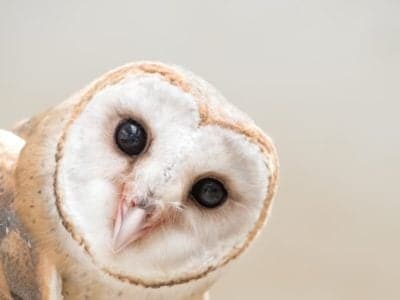
Barn Owl
Found everywhere around the world!
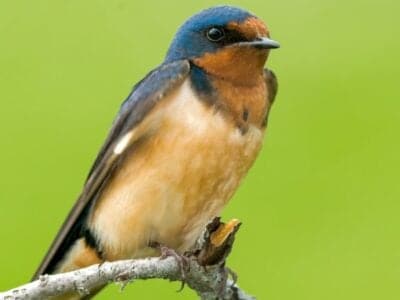
Barn Swallow
Older offspring help care for new hatchlings.
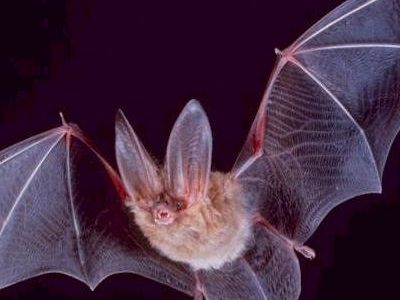
Bat
Detects prey using echolocation!
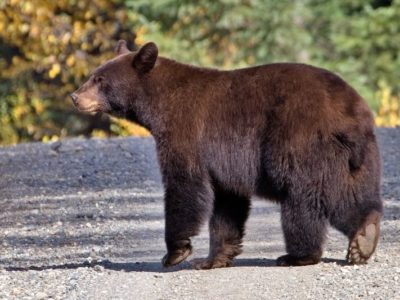
Bear
There are 8 different species!
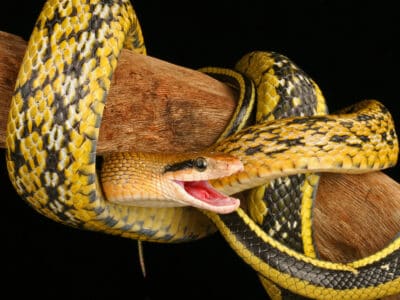
Beauty rat snake
Beauty Rat Snakes are relatively harmless if left undisturbed, only attempting to bite out of fear.
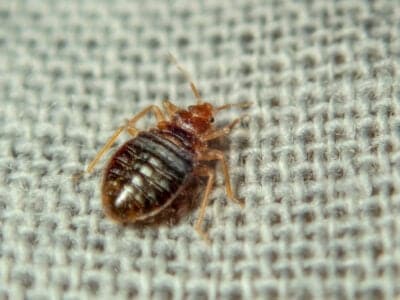
Bed Bugs
Bed bugs feed for 4-12 minutes.
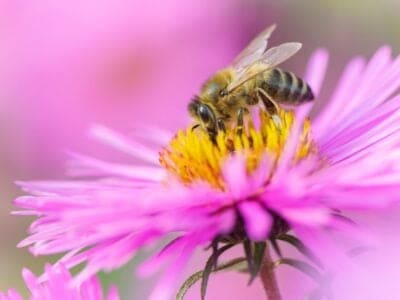
Bee
Rock paintings of bees date back 15,000 years
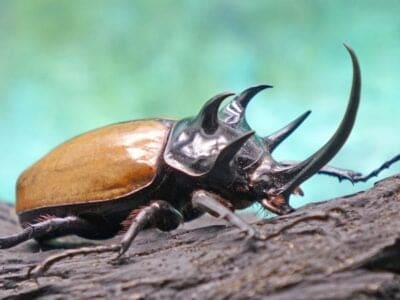
Beetle
There are more than 350,000 different species
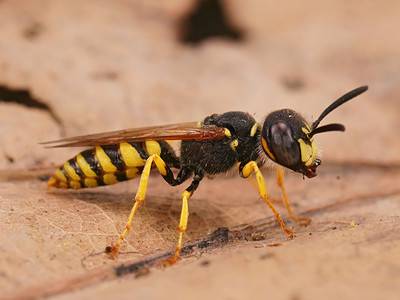
Beewolf wasp
They hunt bees
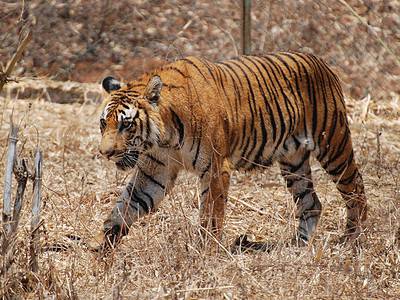
Bengal Tiger
The most numerous species of tiger!
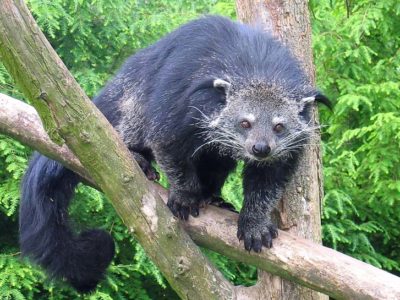
Binturong
Also known as the Asian Bearcat!

Bird
Not all birds are able to fly!

Birman
A blue-eyed beauty!
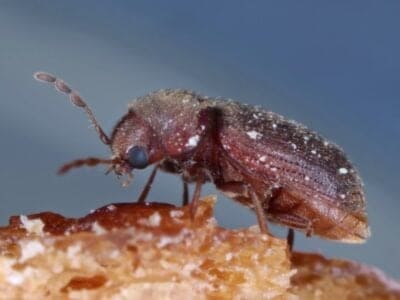
Biscuit Beetle
The biscuit beetle form a symbiotic relationship with yeast
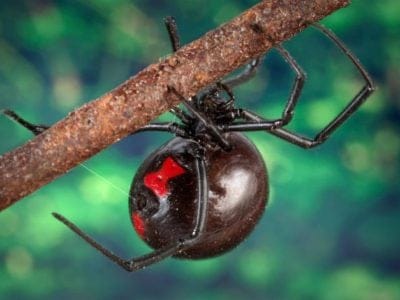
Black Widow Spider
They typically prey on insects!
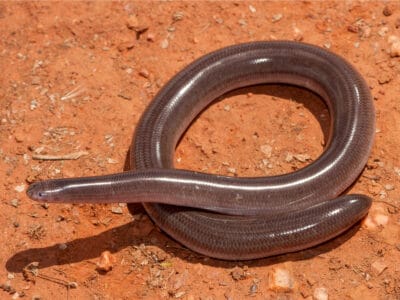
Blind Snake
The blind snake is often mistaken for a worm.
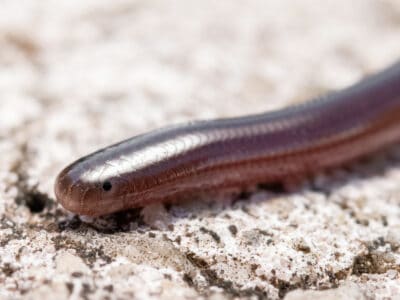
Brahminy Blindsnake
These snakes have been introduced to all continents, except Antarctica!
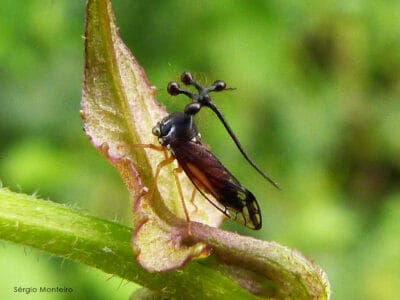
Brazilian Treehopper
“Mild-Mannered Minimonsters”
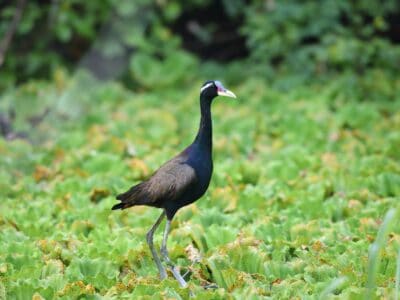
Bronze-winged Jacana
Fathers pick up their young and carry them under their wings
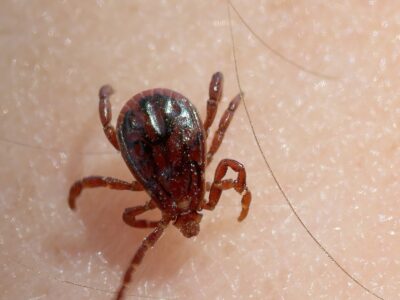
Brown Dog Tick
Can live its entire life indoors
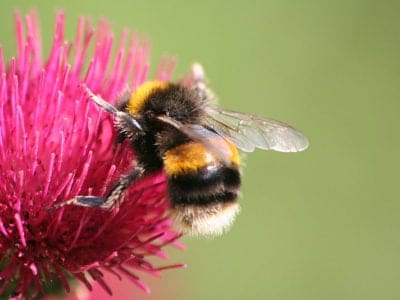
Bumblebee
The most common species of bee!

Burmese
Adoring, elegant and affectionate!
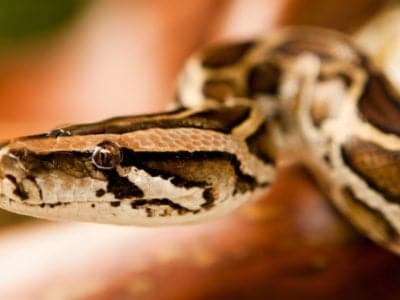
Burmese Python
These snakes can swallow their prey as whole.
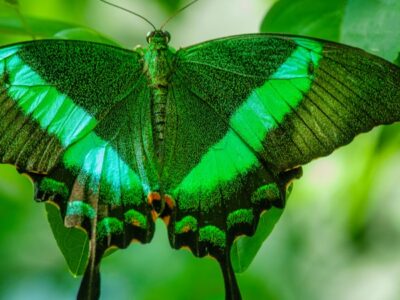
Butterfly
There are thought to be up 17,500 species!
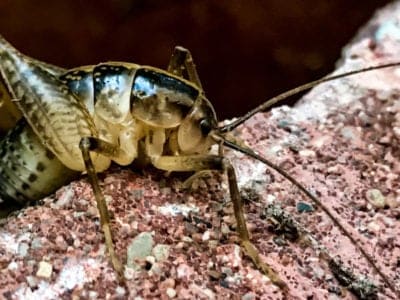
Camel Cricket
The camel crickets that are found in the USA are light brown in color. They also have dark streaks all over their body.
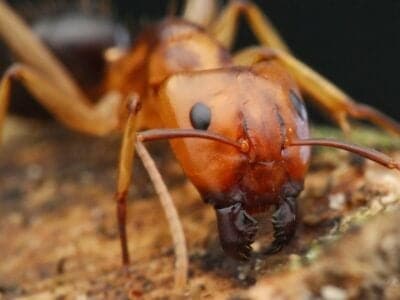
Carpenter Ant
Carpenter ants can lift up to seven times their own weight with their teeth!
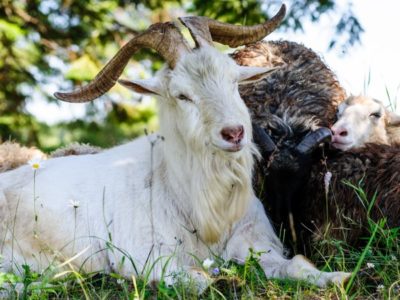
Cashmere Goat
Cashmere goat are named after Kashmir regions of India and Pakistan

Cat
May have been domesticated up to 10,000 years ago.
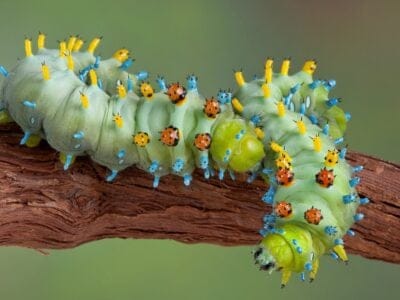
Caterpillar
The larvae of a moth or butterfly!
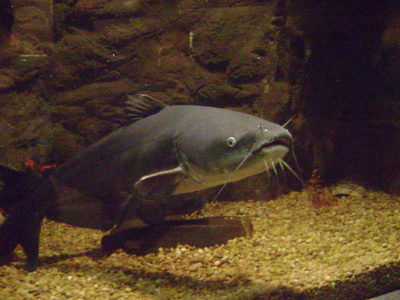
Catfish
There are nearly 3,000 different species!
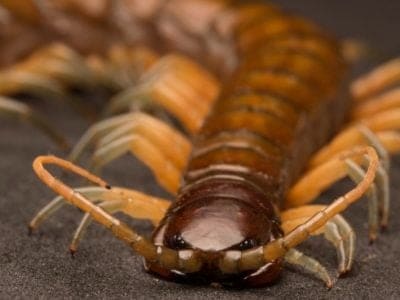
Centipede
There are about 3,000 documented species!
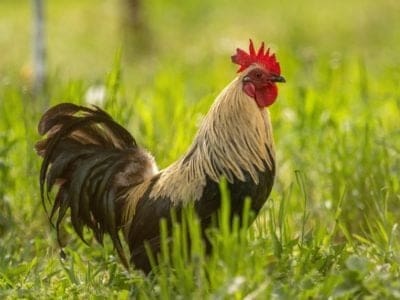
Chicken
First domesticated more than 10,000 years ago!
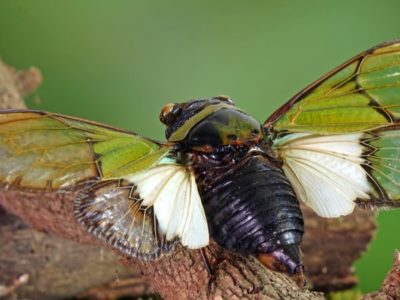
Cicada
Cicadas have one of the longest insect lifespans
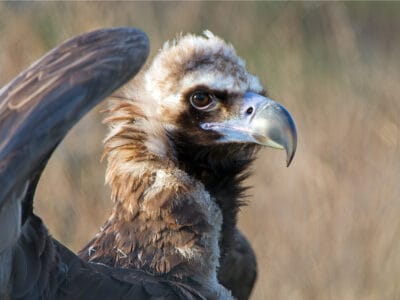
Cinereous Vulture
This vulture can fly at great heights. At least one was found a few thousand feet from the top of Mount Everest.
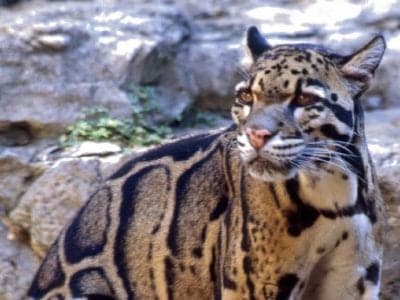
Clouded Leopard
Has canines that can be two inches long!

Cobalt Blue Tarantula
Cobalt blue tarantulas spend most of their time in self-dug burrows and only emerge when it's time to eat
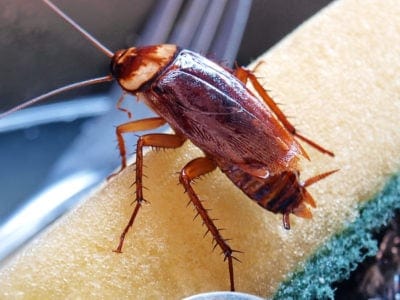
Cockroach
Dated to be around 300 million years old!
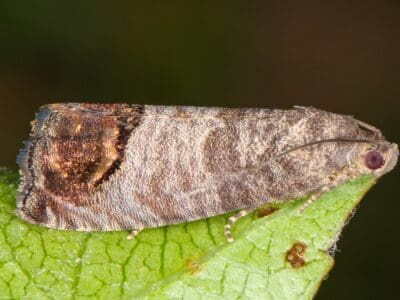
Codling Moth
Pupae are able to undergo diapause to survive poor fruit yield years and winter.

Common Buzzard
The most common raptor in the UK!
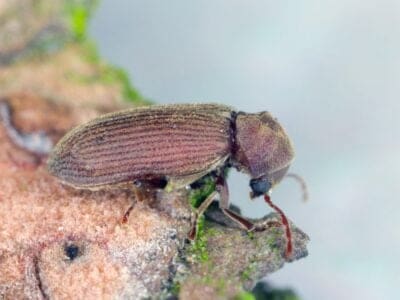
Common Furniture Beetle
The common furniture beetle feeds exclusively on wood
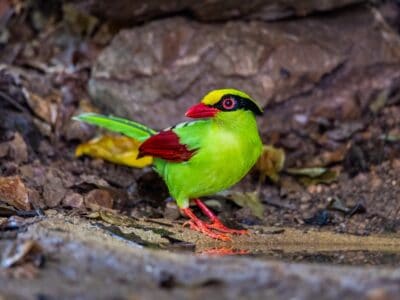
Common Green Magpie
Magpies are aggressive when threatened, often “dive-bombing” at intruders
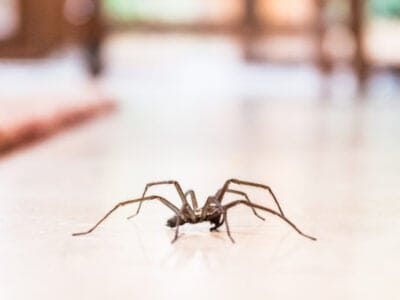
Common House Spider
House spiders have the ability to eat most insects in a home.

Common Raven
A group of ravens is called an unkindness or a conspiracy.
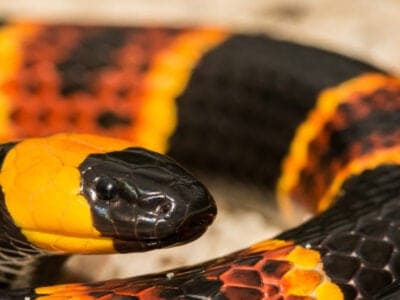
Coral Snake
There are over 80 species of coral snake worldwide.
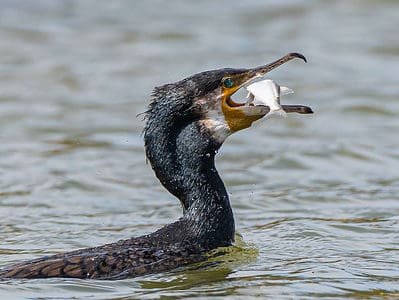
Cormorant
They can fly 35 mph and dive 150 feet below water.
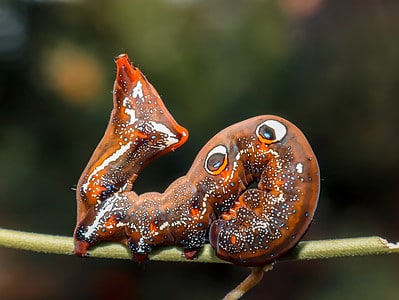
Cosmic Caterpillar
Cosmic caterpillars have spots on their back that look like eyes to scare off predators.
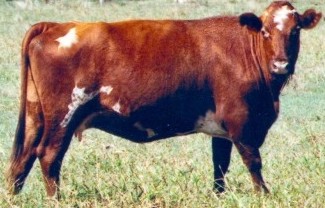
Cow
There are nearly 1.5 billion worldwide!
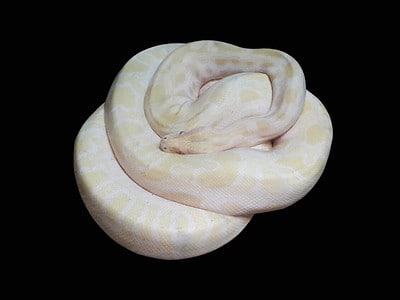
Cow Reticulated Python
Cow reticulated pythons hatch solid white, then develop spots as they mature.

Crab
There are 93 different crab groups
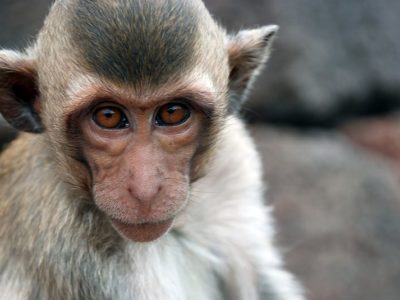
Crab-Eating Macaque
Found throughout the South-East Asian jungles!
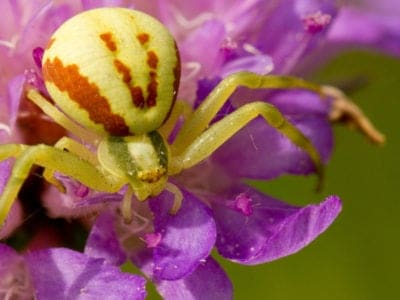
Crab Spider
Crab Spiders can mimic ants or bird droppings
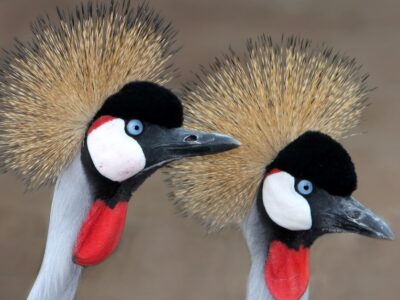
Crane
Many are critically endangered species!
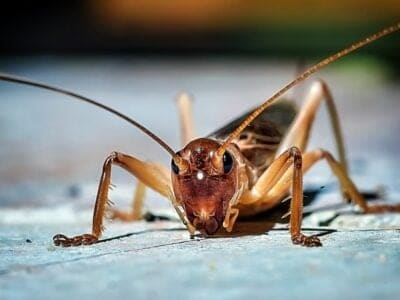
Cricket
Male crickets can produce sounds by rubbing their wings together
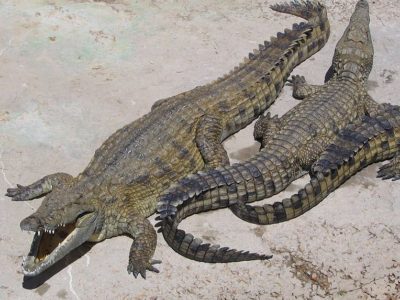
Crocodile
Have changed little in 200 million years!
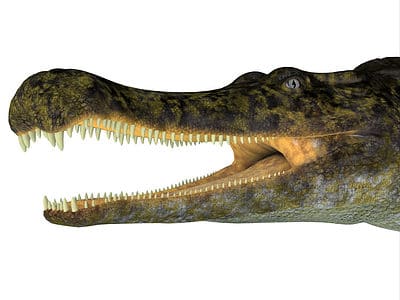
Crocodylomorph
Crocodylomorphs include extinct ancient species as well as 26 living species today.
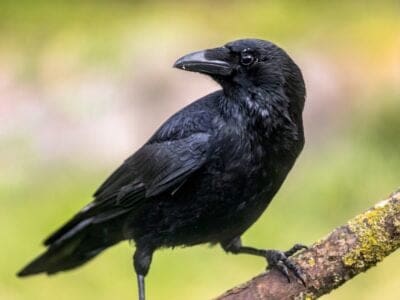
Crow
A group of these birds is called a Murder.
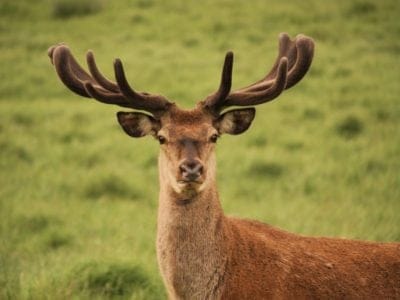
Deer
There are around 40 different species!
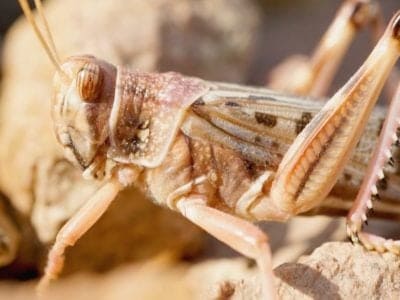
Desert Locust
Solitary locusts are grey while gregarious locusts are yellow with stripes.
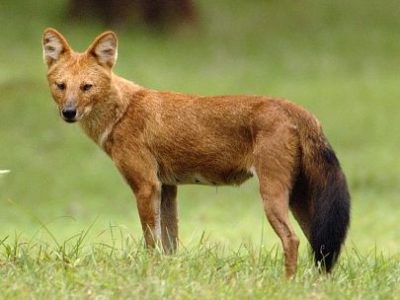
Dhole
Only 2,000 left in the wild!

Dog
First domesticated in South-East Asia!
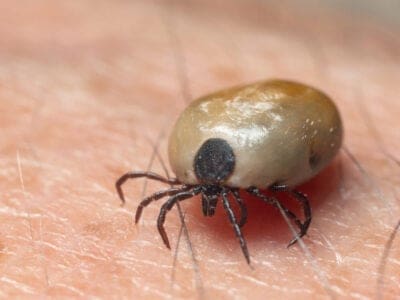
Dog Tick
Dog ticks feed on dogs and other mammals
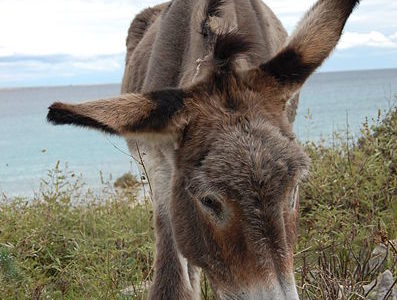
Donkey
First domesticated 5,000 years ago!
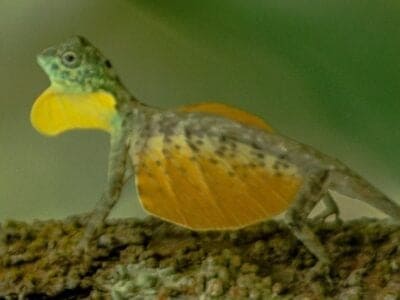
Draco Volans Lizard
Beneath the lizard’s “wings” are a pair of enlarged ribs for support.
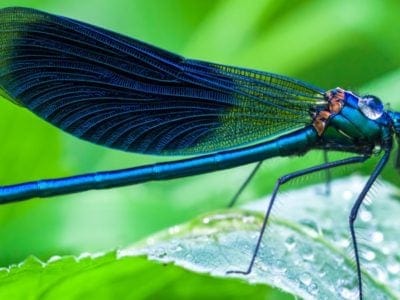
Dragonfly
It's larvae are carnivorous!

Duck
Rows of tiny plates line their teeth!
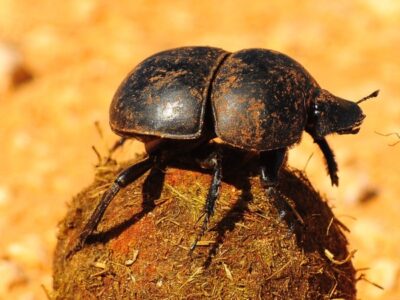
Dung Beetle
The dung beetle can push objects many times its own weight

Eagle
Has exceptional eyesight!
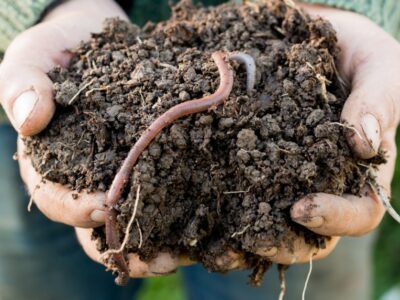
Earthworm
They are hermaphrodites, which means they have male and female organs
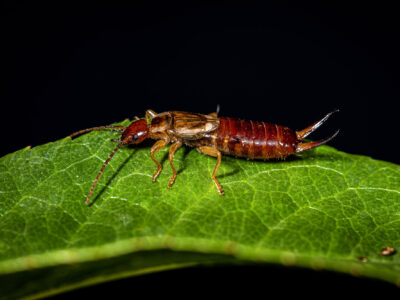
Earwig
There are nearly 2,000 different species!

Eel
Eels can be a mere few inches long to 13 feet!
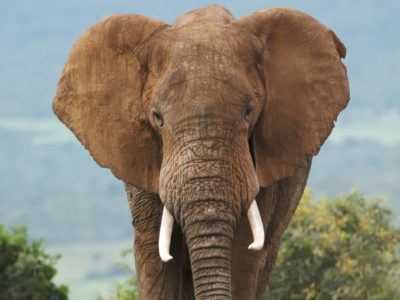
Elephant
Spends around 22 hours a day eating!
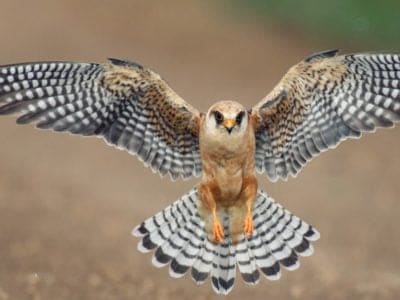
Falcon
The fastest creatures on the planet!
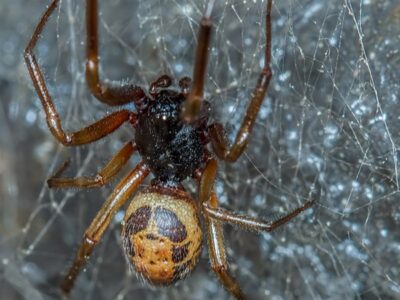
False Widow Spider
False spiders actually prey on black widow spiders and other hazardous spiders
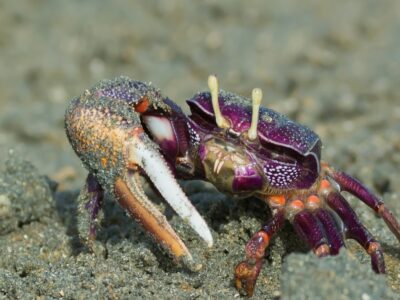
Fiddler Crab
The fiddler crab gets its name from the motion the males make with their over-sized claw during the mating ritual.
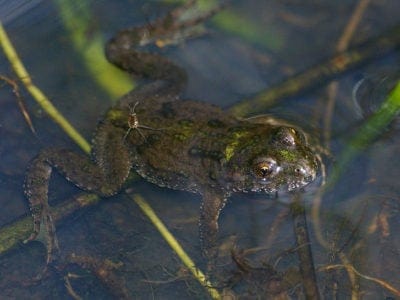
Fire-Bellied Toad
Found across mainland Europe and Asia!
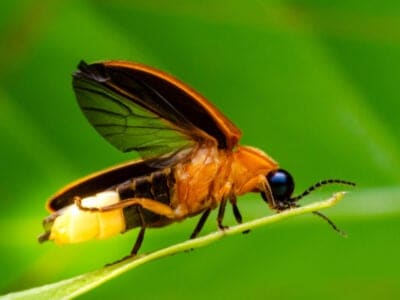
Firefly
The firefly produces some of the most efficient light in the world
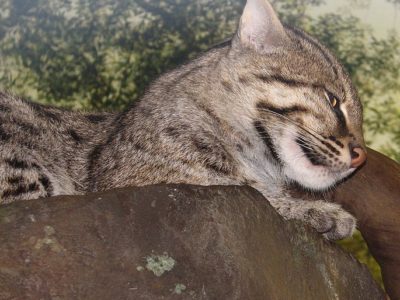
Fishing Cat
Scoops fish out of the water using it's paw!

Flea
Adult fleas can jump up to 7 inches in the air

Fly
There are more than 240,000 different species!
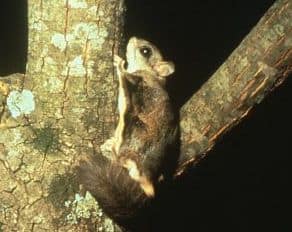
Flying Squirrel
Can glide up to 90 meters!

Fox
Only 12 species are considered "true foxes"
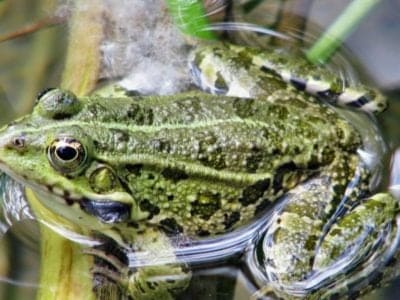
Frog
There are around 7,000 different species!
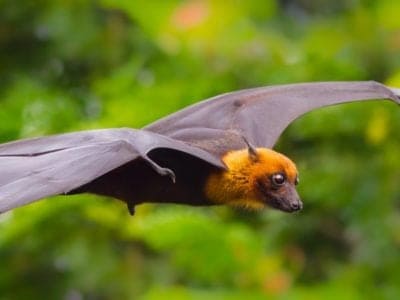
Fruit Bat
Among the largest bats in the world

Fruit Fly
Fruit flies are among the most common research animals in the world
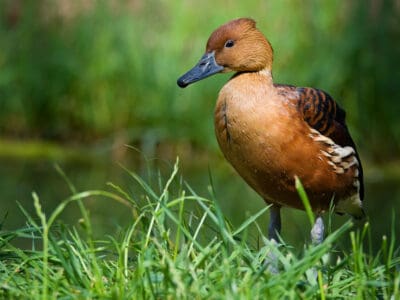
Fulvous Whistling Duck
They build a ramp from their nest, which leads to a nearby water source
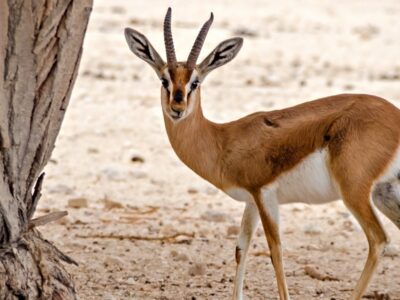
Gazelle
Named for the Arabic word for love poems
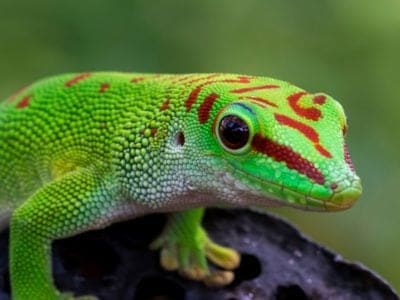
Gecko
There are thought to be over 2,000 species!
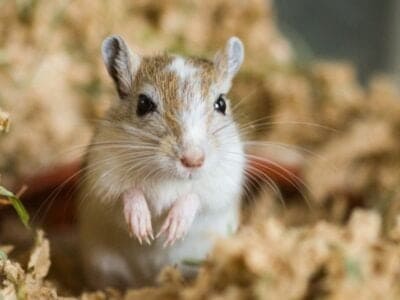
Gerbil
Originally known as the Desert Rat!
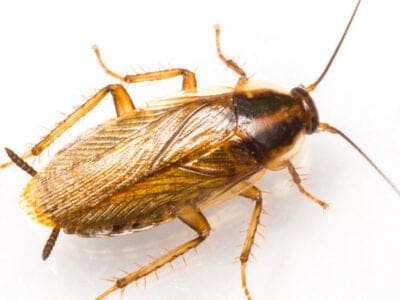
German Cockroach
The most common type of urban roach
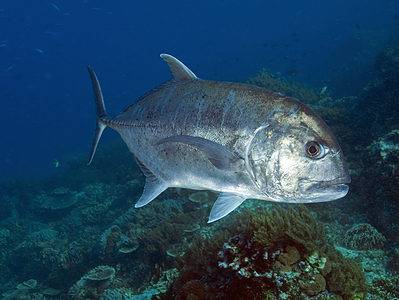
Giant Trevally
The largest fish in its genus
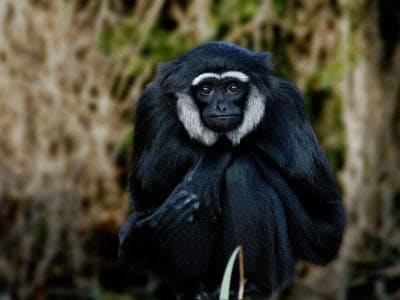
Gibbon
Found in dense jungles and tropical forests!
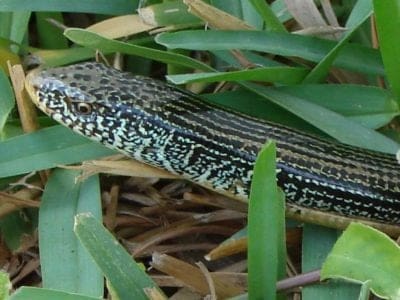
Glass Lizard
Can grow up to 4ft long!
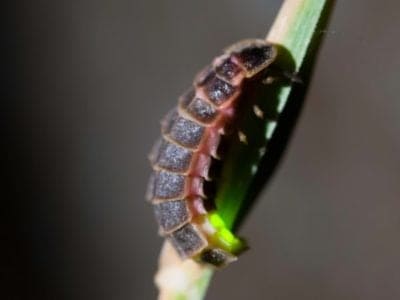
Glowworm
Found inhabiting dense woodland and caves!
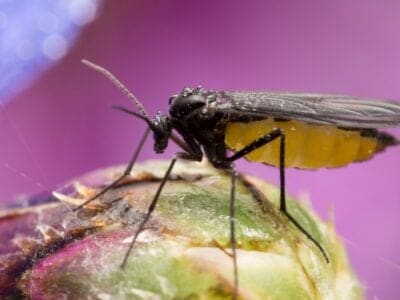
Gnat
Males form large mating swarms at dusk
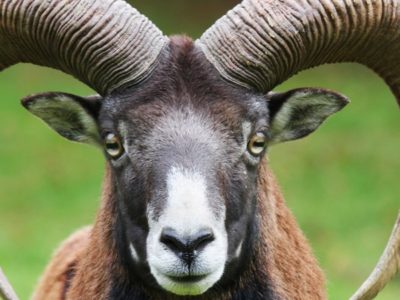
Goat
Most closely related to the Sheep!
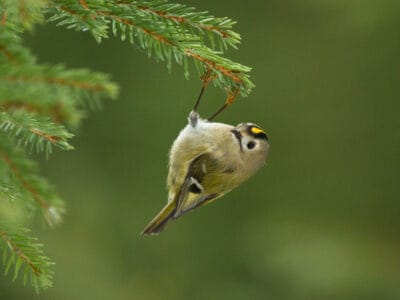
Goldcrest
The goldcrest never starts moving and needs to consume for most of the day to survive. Therefore, in the colder months, it's best that eat 90% a day.
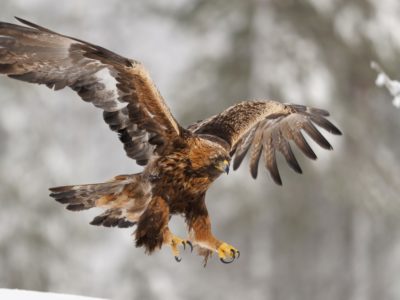
Golden Eagle
Their calls sound like high-pitched screams, but they are quiet most of the time.
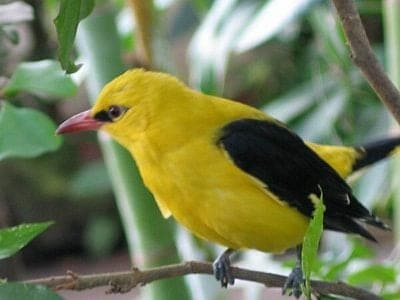
Golden Oriole
Migrates between Europe and Asia!
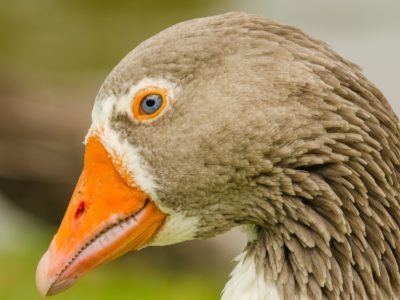
Goose
There are 29 different species!
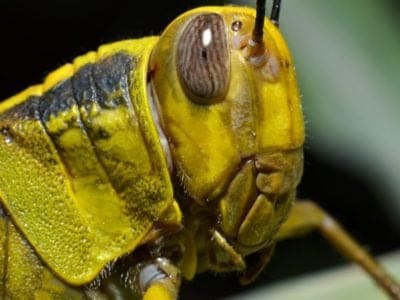
Grasshopper
There are 11,000 known species!
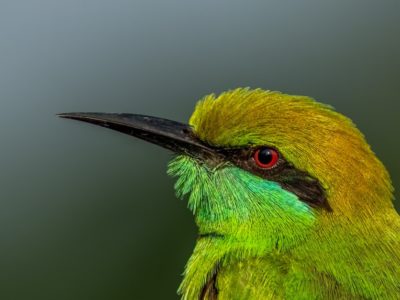
Green Bee-Eater
Mainly eats honeybees!
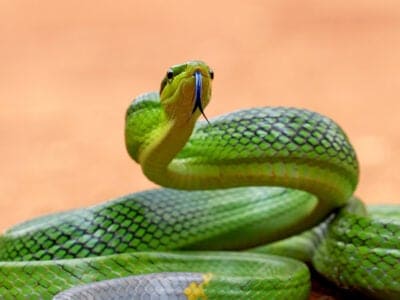
Green Rat Snake
The green rat snake catches its meals in midair!
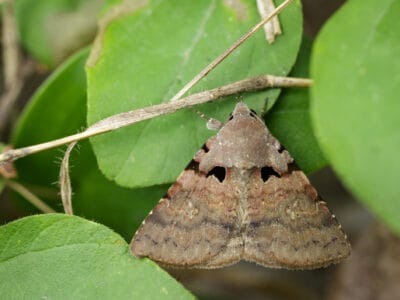
Gypsy Moth
One of the most invasive species in the world
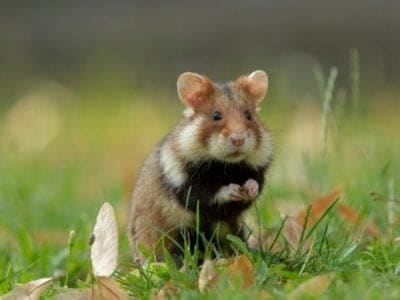
Hamster
Able to run as quickly backwards as forwards!
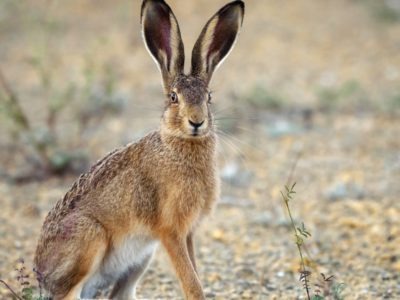
Hare
Can reach speeds of over 50 mph!
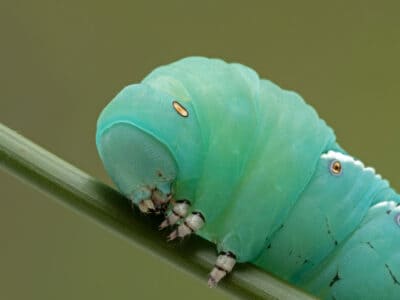
Hawk Moth Caterpillar
Many hawk moth caterpillars eat toxins from plants, but don’t sequester them the way milkweed butterflies do. Most toxins are excreted.
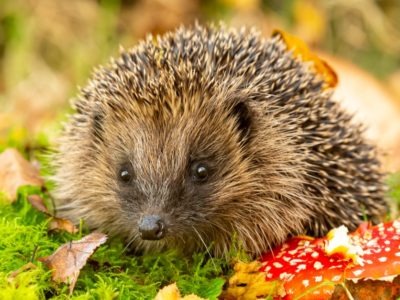
Hedgehog
Thought to be one of the oldest mammals on Earth!
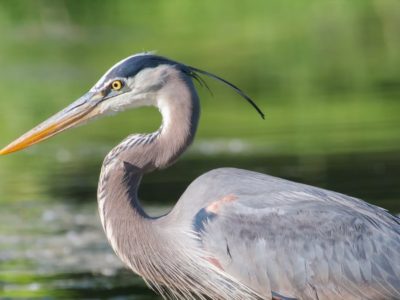
Heron
Inhabits wetlands around the world!
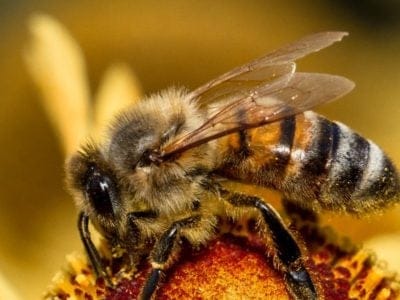
Honey Bee
There are only 8 recognized species!
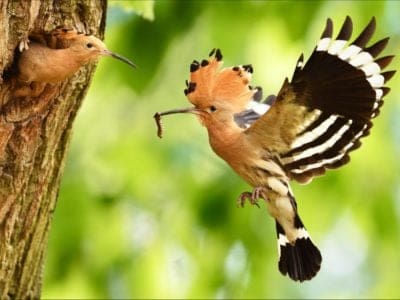
Hoopoe
Stunning bird with a stinky way to deter predators!

Horse
Has evolved over 50 million years!
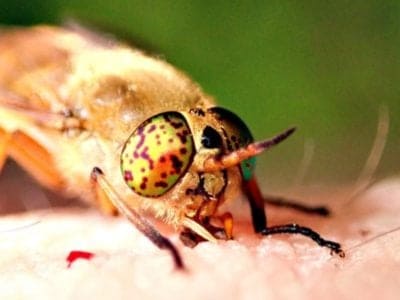
Horsefly
Horseflies have been seen performing Immelmann turns, much like fighter jets.
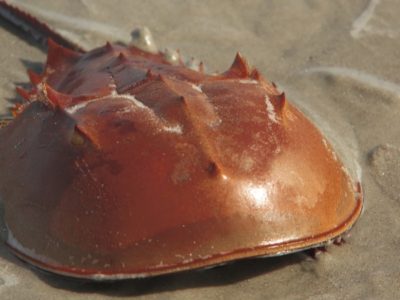
Horseshoe Crab
Changed little in over 500 million years!
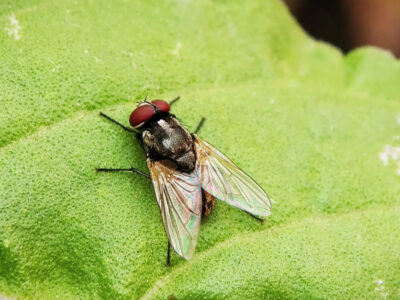
Housefly
The fly has no teeth

Human
Thought to have orignated 200,000 years ago!
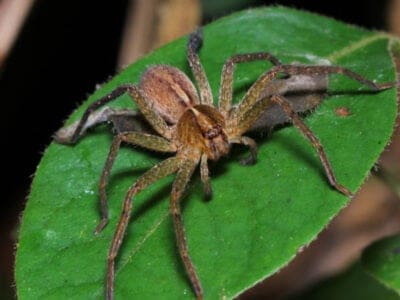
Huntsman Spider
Some huntsman spiders have an interesting way of moving around. Some cartwheel while others do handsprings or backflips.
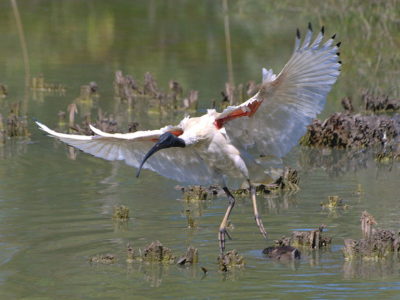
Ibis
Found in swamps, marshes and wetlands!
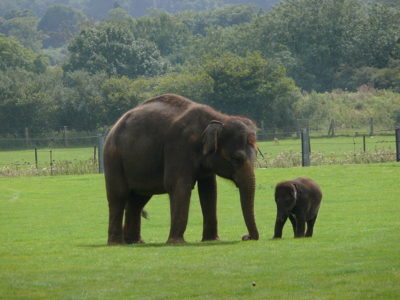
Indian Elephant
Found throughout south-east Asia!
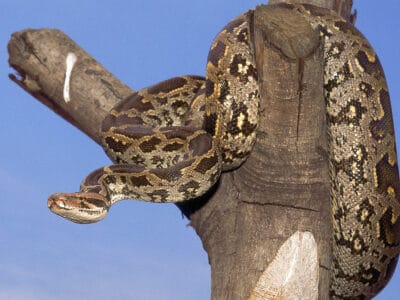
Indian python
Kaa from Rudyard Kipling's The Jungle Book was an Indian Python.
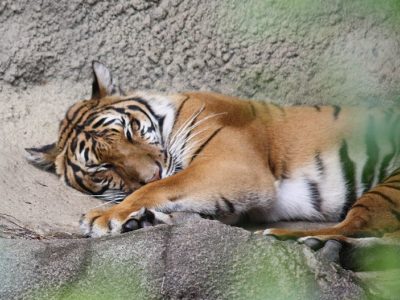
Indochinese Tiger
Now thought to be extinct in China!

Insects
There are an estimated 30 million species!
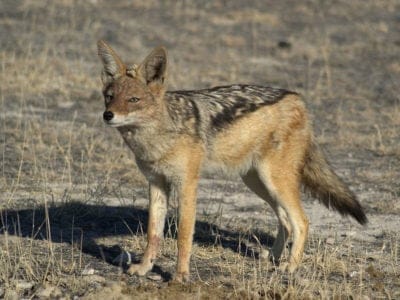
Jackal
Can maintain speeds of 16 km/h!
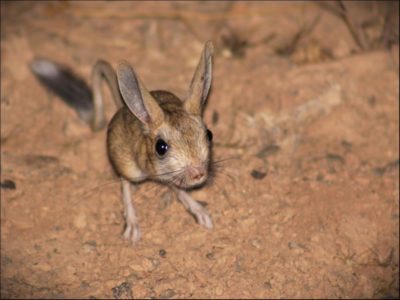
Jerboa
Tiny rodent with a kangaroo-like jump!
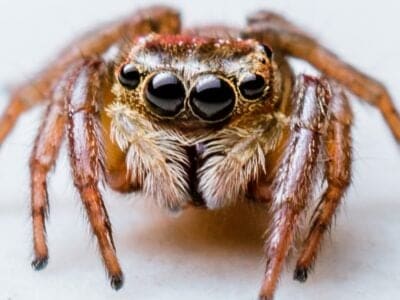
Jumping Spider
Some can jump 50 times the length of their bodies
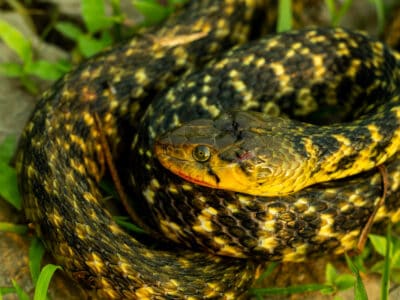
Keelback
The checkered keelback of the east Indies can detach its tail and grow it back, much like a lizard.

King Cobra
They are the longest venomous snake in the world.
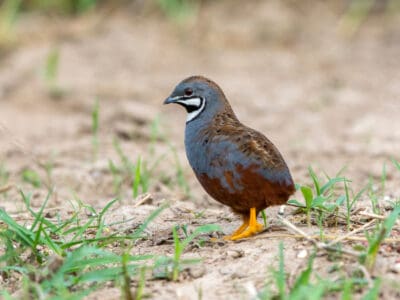
King Quail
Females look similar to males but don’t come in shades of blue
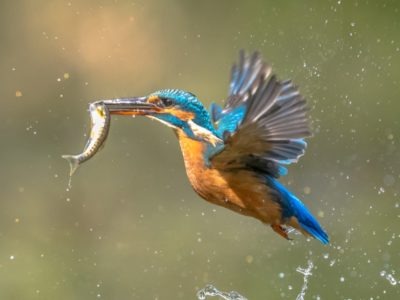
Kingfisher
Inhabits wetlands and woodlands worldwide!
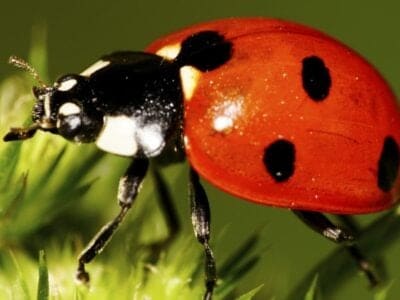
Ladybug
There are more than 5,000 species worldwide!
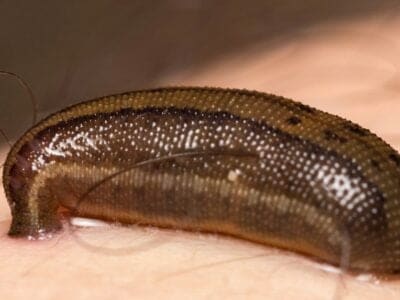
Leech
Has 10 pairs of eyes!
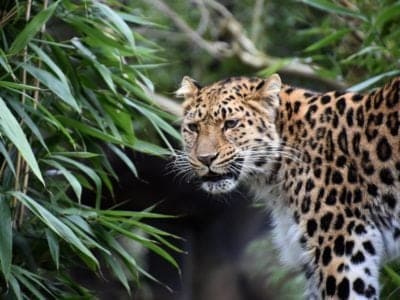
Leopard
Spends much of the time high in the trees!
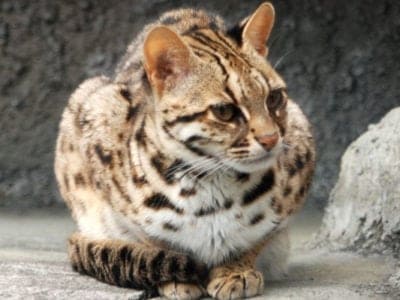
Leopard Cat
There are 11 different species!

Liger
The offspring of a lion and tiger parents!
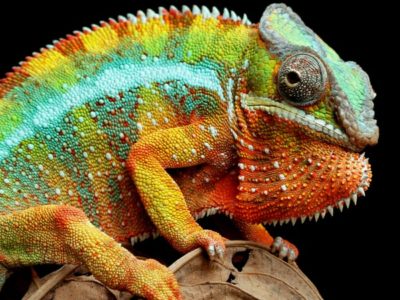
Lizard
There are around 5,000 different species!
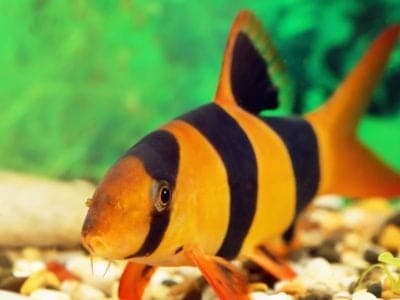
Loach
Have sharp spines below their eyes
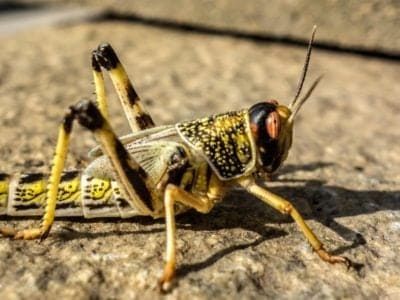
Locust
Each locust can eat its weight in plants each day.
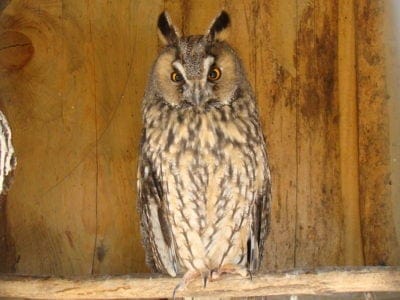
Long-Eared Owl
Ear tufts make it look bigger!
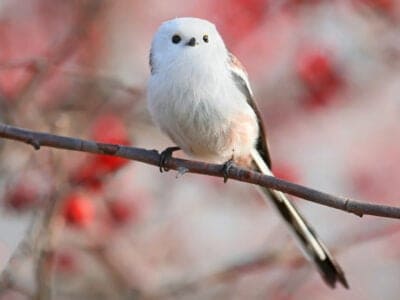
Long-Tailed Tit
Often hangs upside down while feeding!
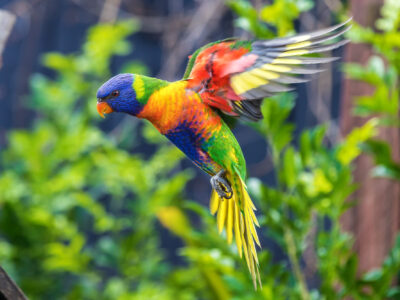
Lorikeet
The lorikeet has a long brush-like tongue with fine hairs on it
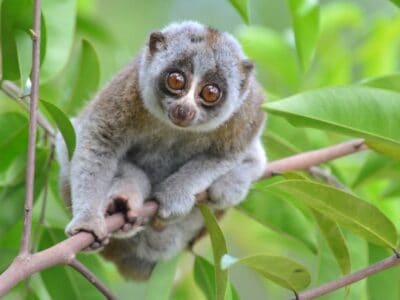
Loris
Like all lorises, slow loris has a cute wide-eyed look, but it also has a venomous sting that can rot human flesh.
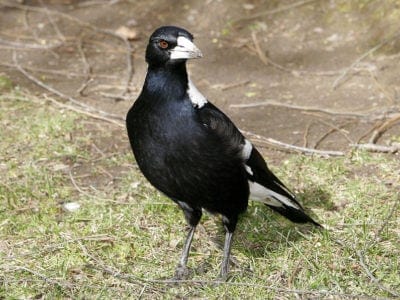
Magpie
They are found across Europe, Asia and Africa!
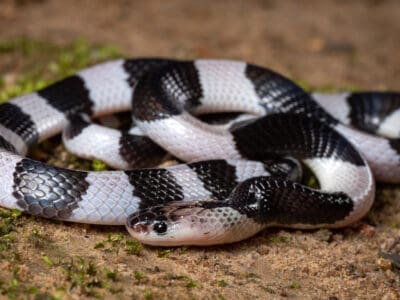
Malayan Krait
It's called the five-step snake because if a person is bitten, they can walk about five steps before dying.
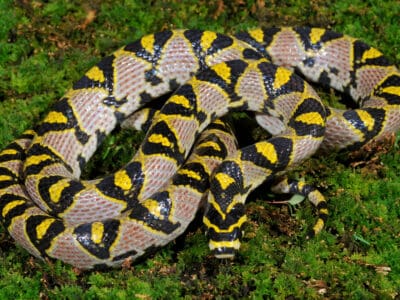
Mandarin Rat Snake
"This docile snake is a popular and long-lived pet - though challenging to care for - with a lifespan of up to 21 years!"
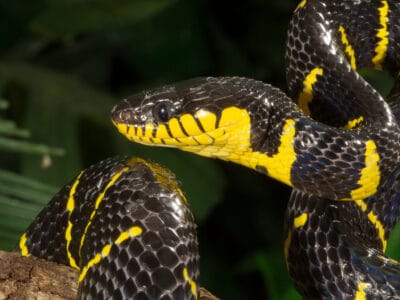
Mangrove Snake
Mangrove snakes have small fangs that are more like enlarged teeth at the back of their jaw.
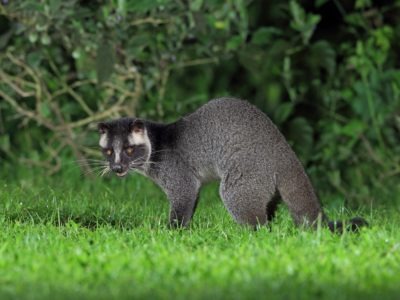
Masked Palm Civet
Found throughout Asia, India and China!
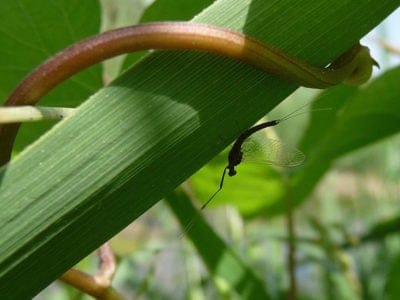
Mayfly
There are 2,500 known species worldwide!

Mealybug
They have a symbiotic relationship with ants.

Mekong Giant Catfish
The Mekong giant catfish is the largest purely freshwater fish in the world
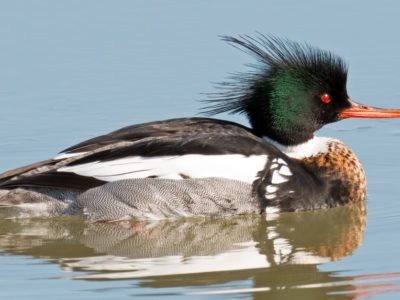
Merganser
They line their nests with their feathers
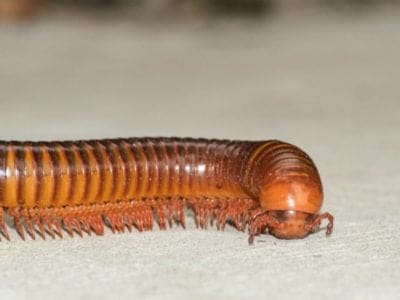
Millipede
Some species have a poisonous bite!
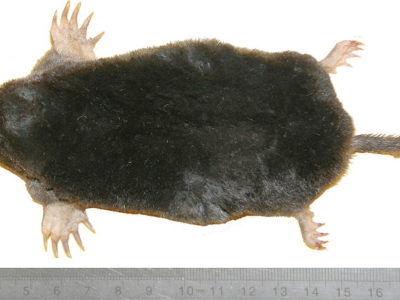
Mole
Primarily hunts and feeds on Earthworms!
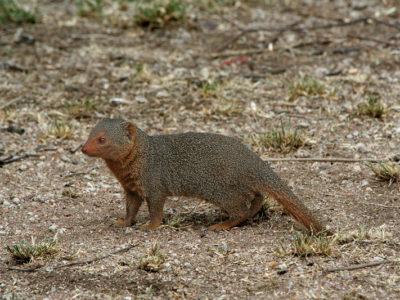
Mongoose
Range in size from just 1 to 3 foot!

Mongrel
Has characteristics of two or more breeds!
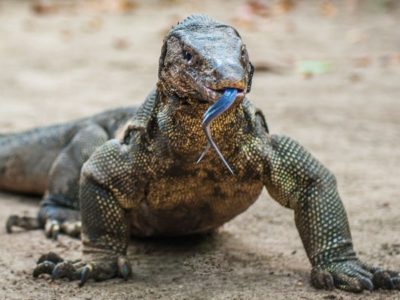
Monitor Lizard
Some species are thought to carry a weak venom!
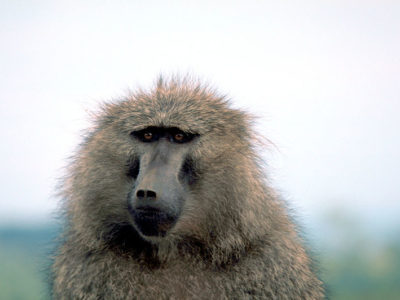
Monkey
There are around 260 known species!
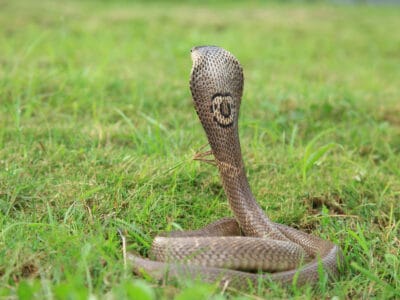
Monocled Cobra
The monocled cobra is responsible for the highest fatality rate of any snake in all of Thailand.
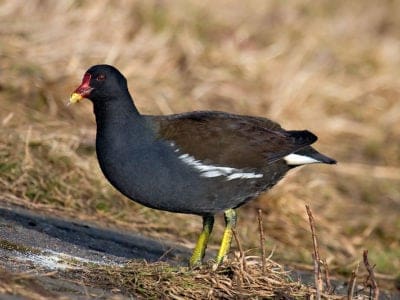
Moorhen
Feeds on aquatic insects and water-spiders!
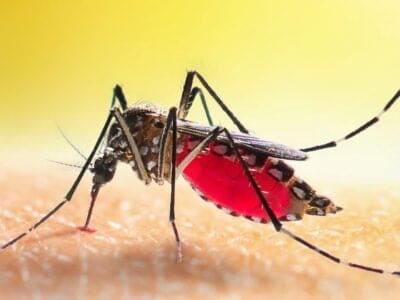
Mosquito
Only the female mosquito actually sucks blood
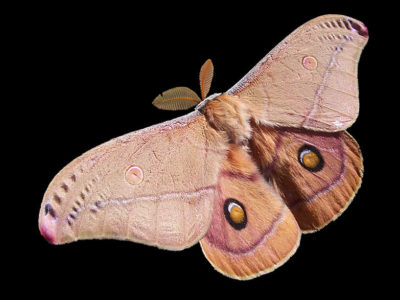
Moth
There are 250,000 different species!
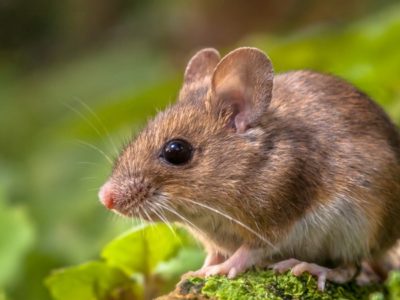
Mouse
Found on every continent on Earth!
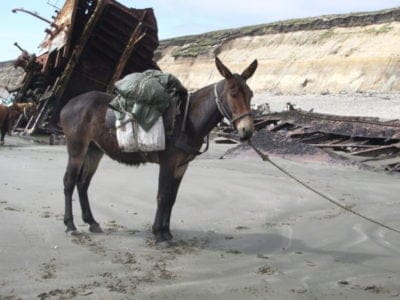
Mule
The offspring of a horse and donkey parents!
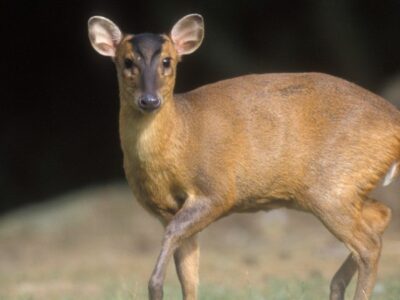
Muntjac
The muntjac is the smallest type of deer in the world
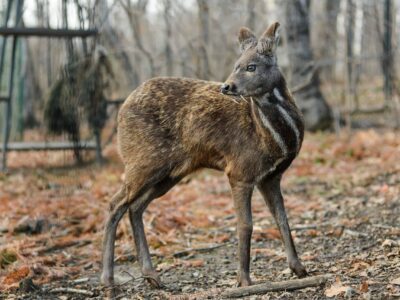
Musk Deer
The glands of a musk deer can sell for up to $45,000 on the black market.
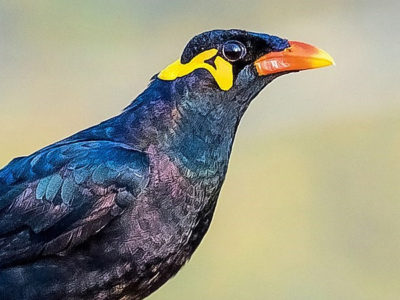
Myna Bird
Many people believe the hill myna bird is better at mimicking humans than a parrot!

Neanderthal
Roamed Asia and Europe for around 100,000 years!

Nematode
Nematodes range in size from 1/10 of an inch to 28 feet long
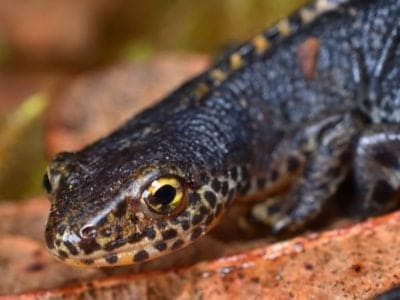
Newt
Able to regrow lost or damaged limbs!
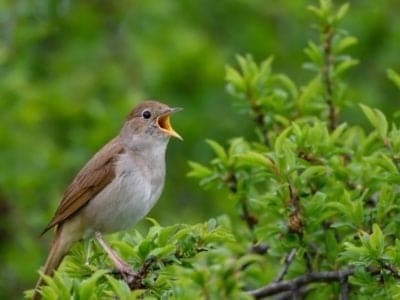
Nightingale
Named more than 1,000 years ago!
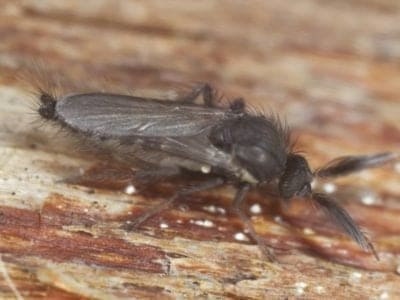
No See Ums
There are more than 5,000 species.
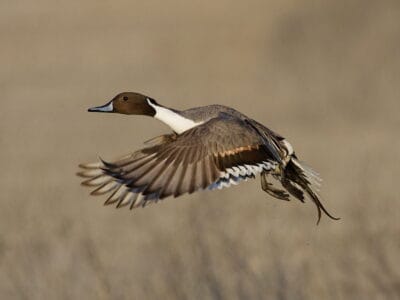
Northern Pintail
Northern pintails migrate at night with speeds reaching 48 miles per hour!

Orb Weaver
Females are about four times the size of males
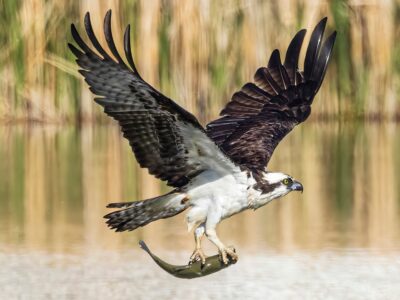
Osprey
They reuse nesting sites for 70 years!

Otter
There are 13 different species worldwide

Owl
The owl can rotate its head some 270 degrees
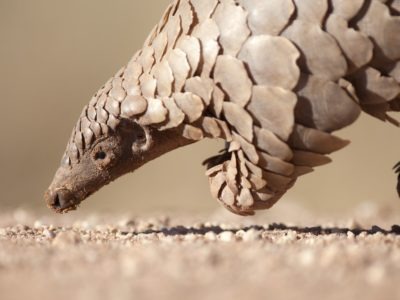
Pangolin
Bad eyesight, but great sense of smell
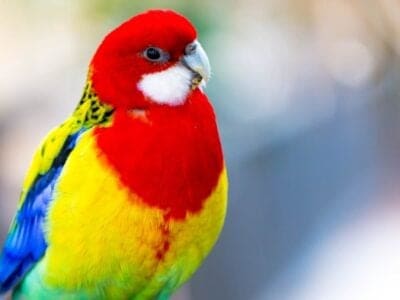
Parakeet
Monk parakeets are the only parakeets that actually build nests. They’re also the only parakeets to nest in great colonies.

Parrot
Can live for up to 100 years!
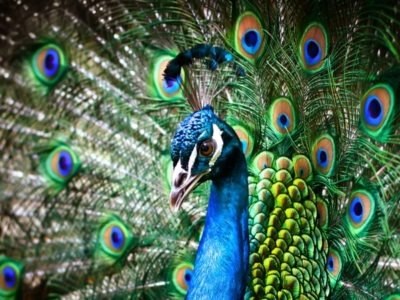
Peacock
Most commonly found on the Indian mainland!
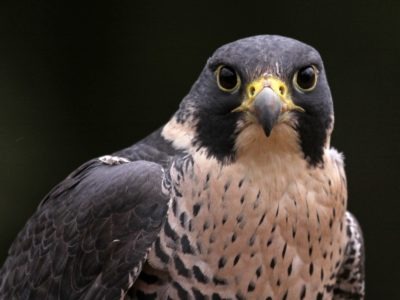
Peregrine Falcon
Fastest animal on Earth
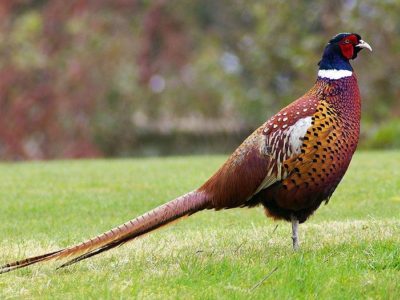
Pheasant
Females lay between 8 and 12 eggs per clutch!
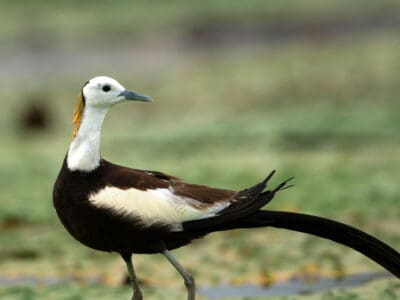
Pheasant-tailed Jacana
The pheasant-tailed jacana is the only species in its family that migrates long distances.
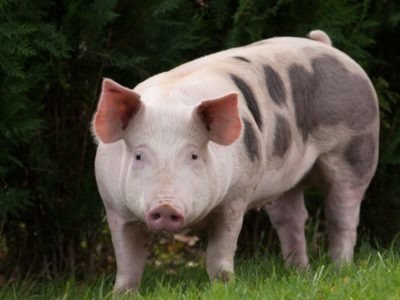
Pig
Thought to have been domesticated in 9,000 BC!
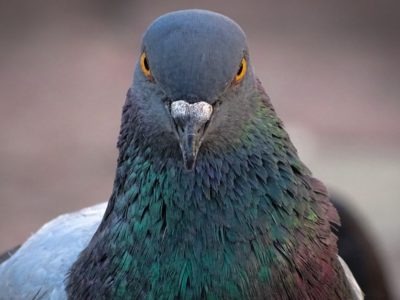
Pigeon
They can find their way back to their nests from up to 1300 miles away.
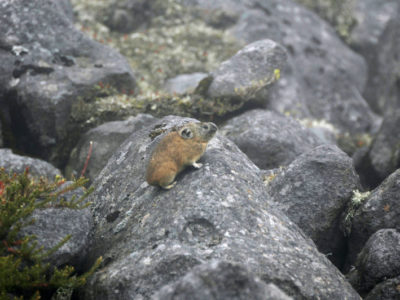
Pika
Found in mountainous regions and rocky areas
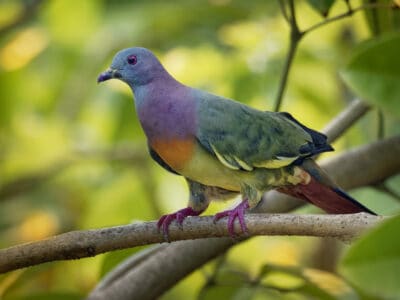
Pink-Necked Green Pigeon
They make whistling and quacking noises
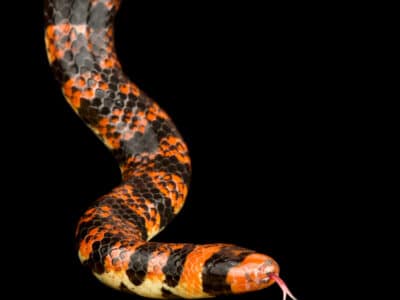
Pipe Snake
Some of these snakes flatten their neck and raise their heads to imitate cobras if they’re threatened.
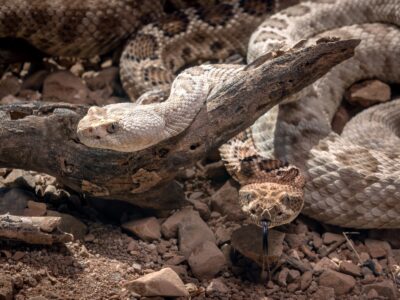
Pit Viper
Pit vipers's fangs fold up into their mouths when they don't need them.
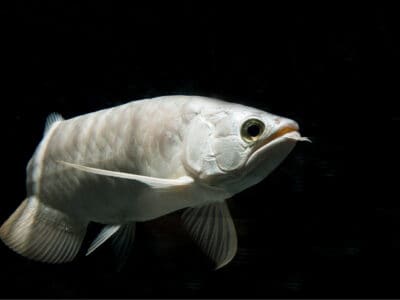
Platinum Arowana
The male broods the eggs and baby fish in his mouth.
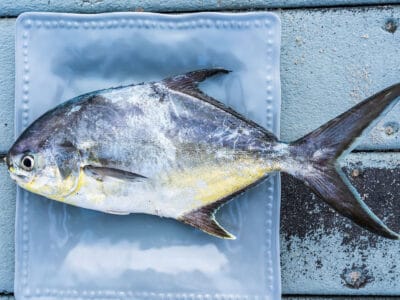
Pompano Fish
They are bottom-feeders
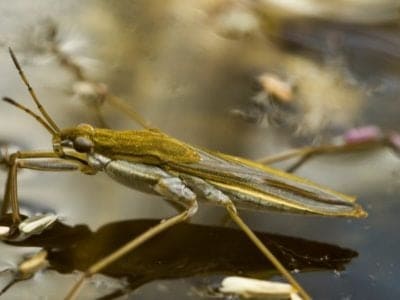
Pond Skater
There are 500 different species!
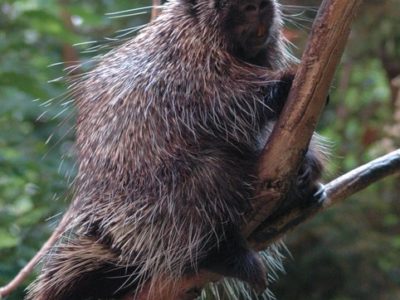
Porcupine
There are 30 different species worldwide!
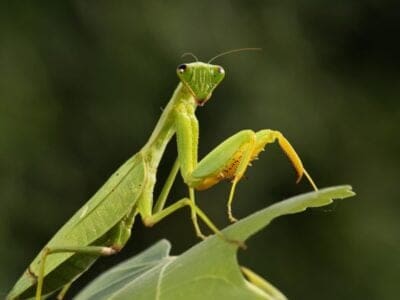
Praying Mantis
The mantis can turn its head 180 degrees.
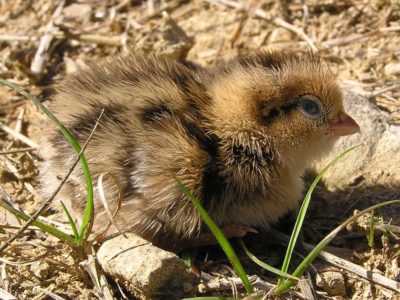
Quail
Inhabits woodland and forest areas worldwide!

Rabbit
There are more than 300 different species!
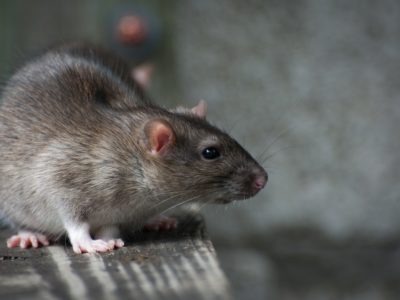
Rat
Omnivores that eat anything!
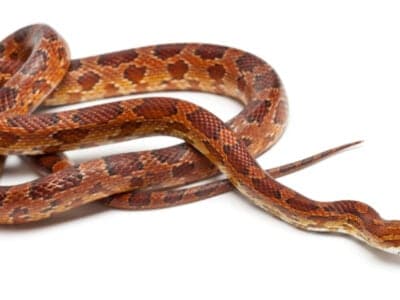
Rat Snakes
Rat snakes are constrictors from the Colubridae family of snakes.
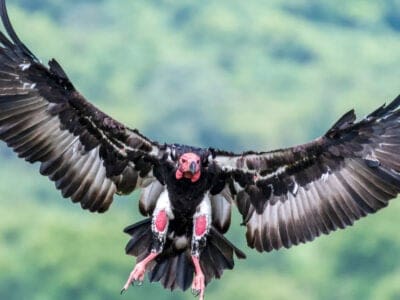
Red-Headed Vulture
Not exclusively carrion eaters, these birds are also opportunistic hunters
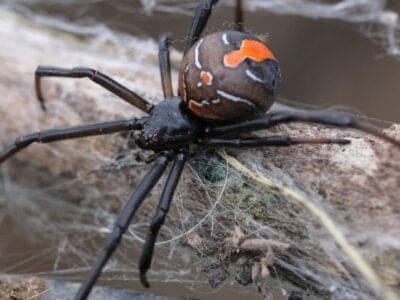
Redback Spider
The redback spiders found in New Caledonia differ from other populations in that they don’t practice sexual cannibalism and don’t bite people as much.
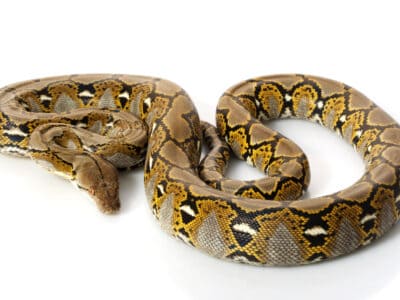
Reticulated python
These popular pets can get big enough to kill their owner.
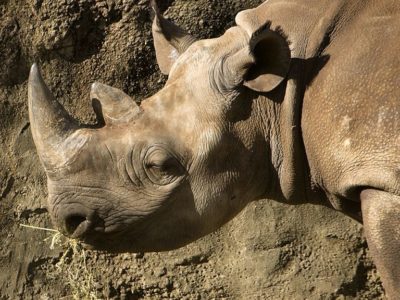
Rhinoceros
It's horns are made from keratin!

River Turtle
Inhabits freshwater habitats around the world!
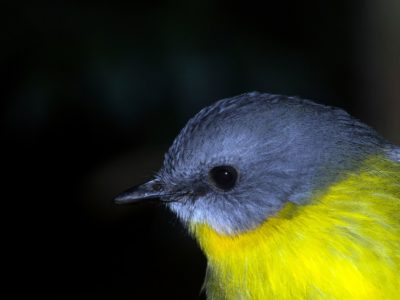
Robin
There are more than 45 species in Australia alone!
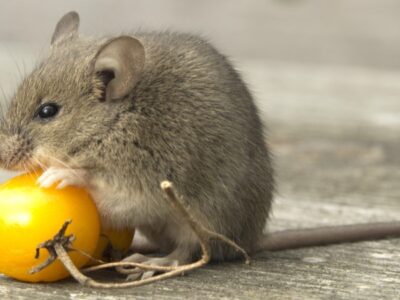
Rodents
The capybara, the world’s largest rodent, likes to be in and around bodies of water. Because of this, the Catholic Church in South America decided that it was a fish, and people were allowed to eat it during Lent and First Fridays.

Rooster
Will mate with the entire flock!

Sable Ferret
Ferrets were used during the Revolutionary War to keep down the rat population.
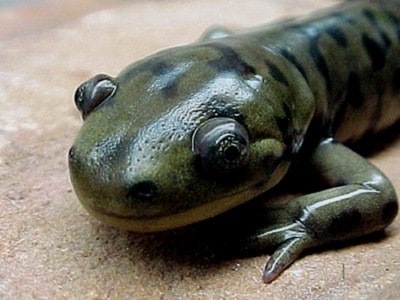
Salamander
There are more than 700 different species!
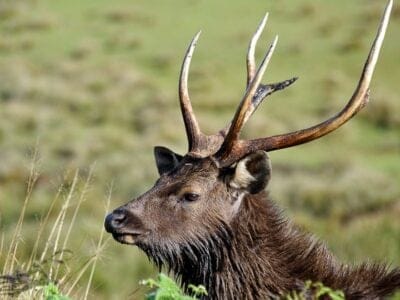
Sambar
Male sambars will compete for mates by clashing together with their antlers
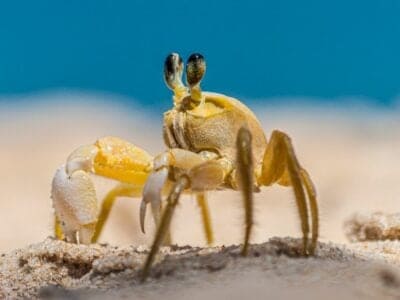
Sand Crab
The sand crab burrows beneath the sand with its tail
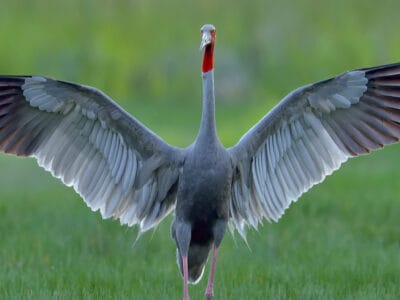
Sarus Crane
Parents use low calls to tell their chicks to freeze and lie still when danger lurks.
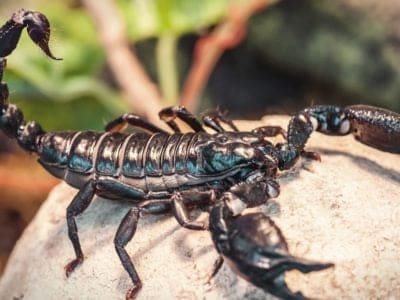
Scorpion
There are around 2,000 known species!
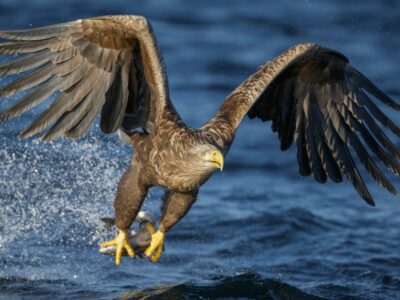
Sea Eagle
The sea eagle tends to mate for life with a single partner

Seahorse
Males give birth to up to 1,000 offspring!
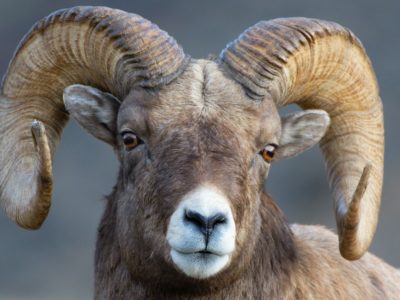
Sheep
Around 35 million in the English countryside!
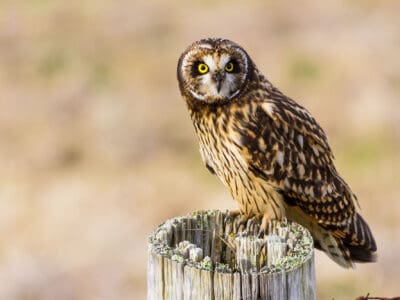
Short-Eared Owl
The short-eared owl is one of the most widespread owl species in the world, covering five continents.
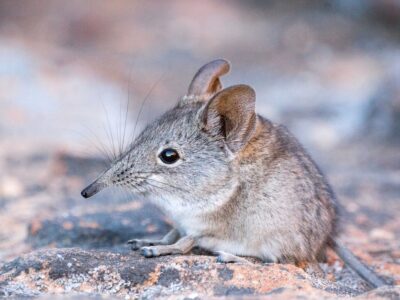
Shrew
The spinal column of the shrew Scutisorex somereni is so strong and reinforced that it can support the weight of an adult human.

Shrimp
There are 2,000 different species worldwide!

Betta Fish (Siamese Fighting Fish)
Can live in low-oxygen environments!
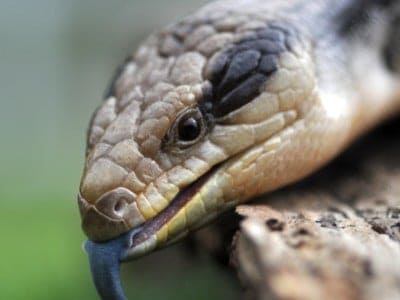
Skink Lizard
Some skinks lay eggs in some habitats while giving birth to skinklets in other habitats.
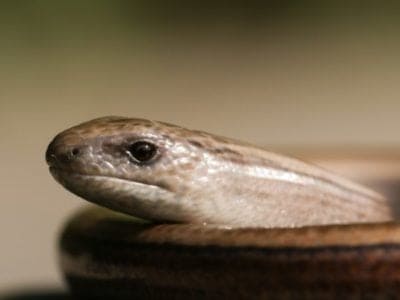
Slow Worm
Found widely throughout British gardens!
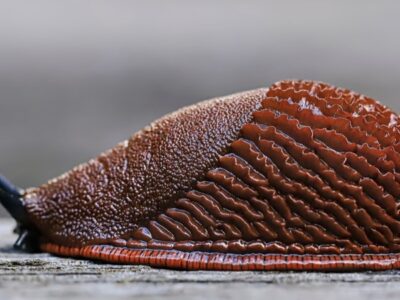
Slug
They glide around on one foot, which is aided by the slime they produce

Smokybrown Cockroach
Has up to 45 eggs per egg case

Snail
There are nearly 1,000 different species!
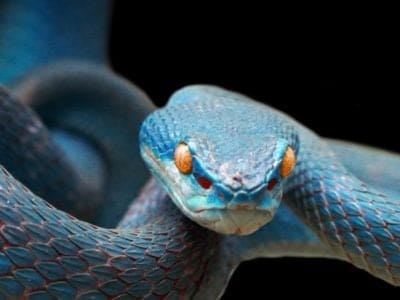
Snake
There are around 4,000 known species worldwide
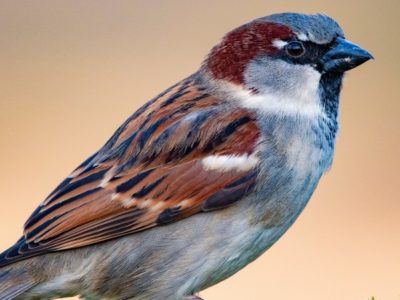
Sparrow
There are 140 different species!
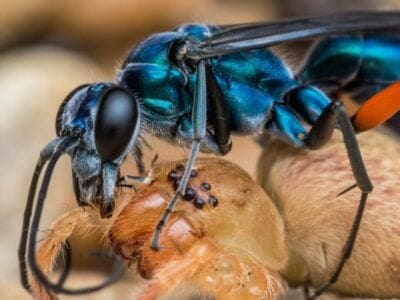
Spider Wasp
They prey on spiders to feed their larvae or they parasitize other spider wasps.
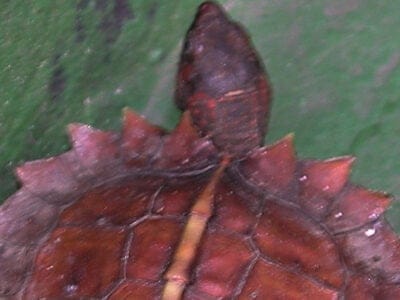
Spiny Hill Turtle
The shell serves as both a defense and camouflage!
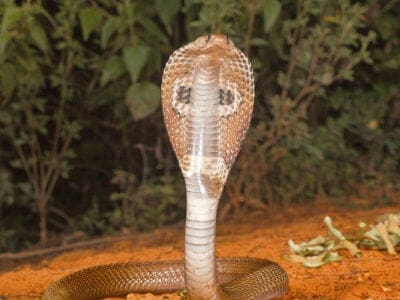
Spitting Cobra
Spitting cobras are types of cobras that can spit venom at predators and prey.
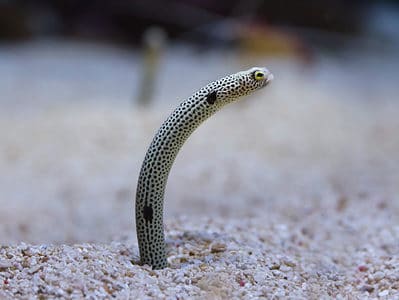
Spotted Garden Eel
Males battle each other over females and territory

Squirrel
Small rodents found in woodlands worldwide!
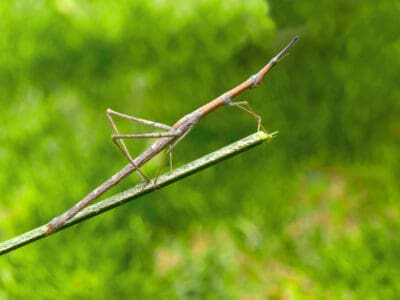
Stick Insect
There are more than 3,000 different species!
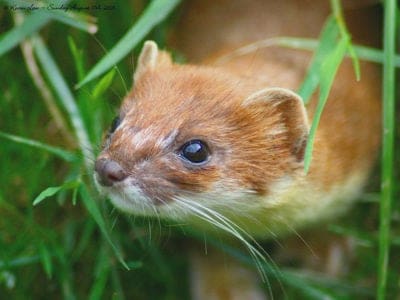
Stoat
Average adults weigh about 200 grams!
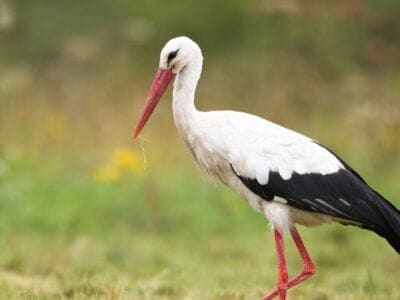
Stork
They can’t sing like other birds.
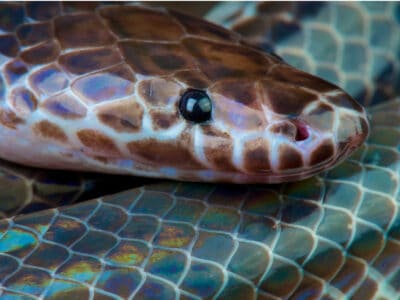
Sunbeam Snake
Sunbeam snakes have two lungs instead of just a single lung like most snake species.

Swan
Populations have been affected by pollution!
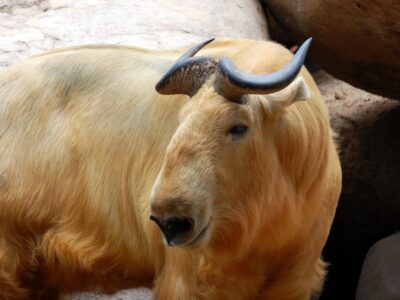
Takin
The takin can leap some 6 feet through the air
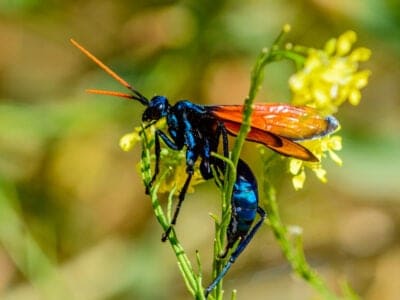
Tarantula Hawk
Tarantula hawks are excellent pollinators, especially for milkweed.

Termite
Their mounds can be up to 9 meters tall!
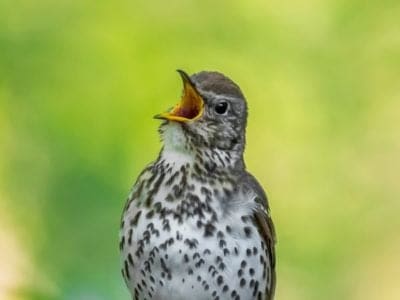
Thrush
The American robin is called the robin because its red breast reminded European settlers of the robin back in the old country.
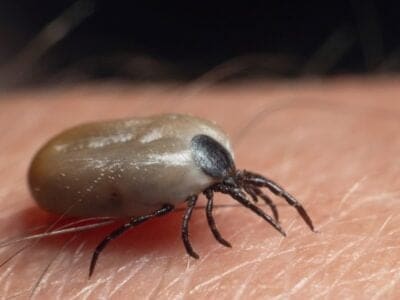
Tick
They inject hosts with a chemical that stops them from feeling the pain of the bite
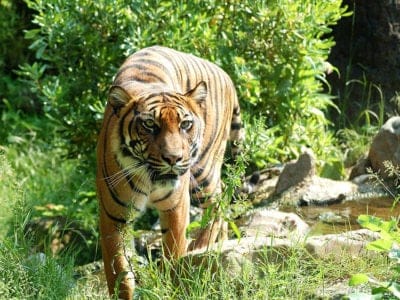
Tiger
The largest feline in the world!
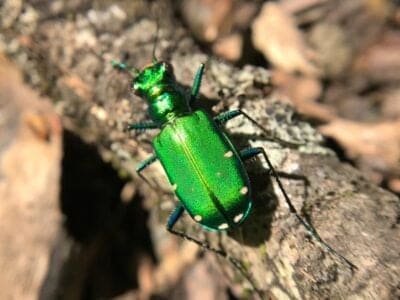
Tiger Beetle
The adult tiger beetle is one of the fastest land insects in the world
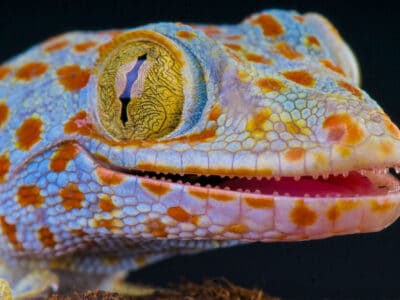
Tokay Gecko
The Tokay gecko gets its onomatopoeic name from its "To-kay!" barking call.
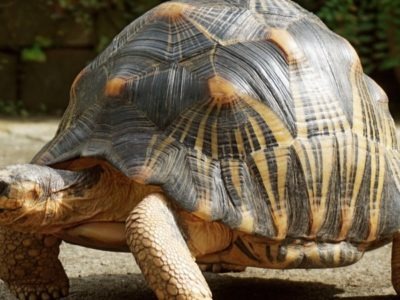
Tortoise
Can live until they are more than 150 years old!
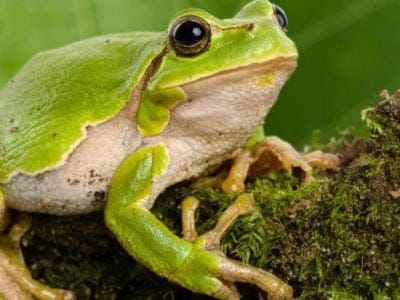
Tree Frog
Found in warmer jungles and forests!
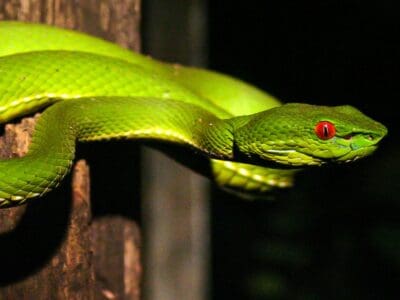
Tree Viper (Bamboo Viper)
Pit vipers can strike accurately at moving objects less than .5 degrees Farenheit warmer than the background.

Turtles
Some species of aquatic turtles can get up to 70 percent of their oxygen through their butt.
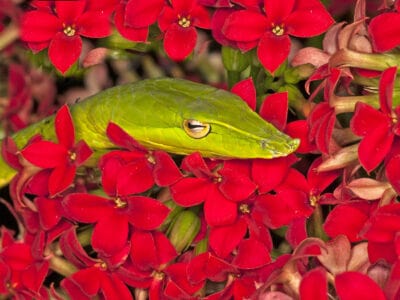
Vine Snake
A slender body and elongated snout give the vine snake a regal look.
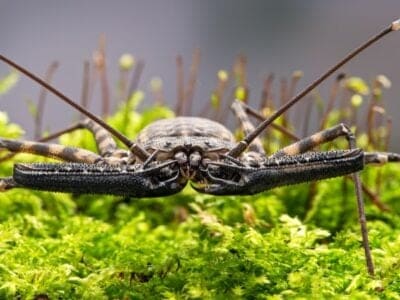
Vinegaroon
Vinegaroons can spray 19 times before the glands are depleted
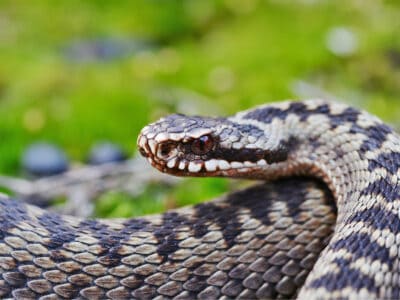
Viper
Vipers are one of the most widespread groups of snakes and inhabit most
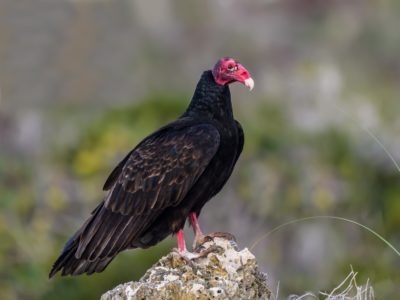
Vulture
There are 30 different species worldwide!
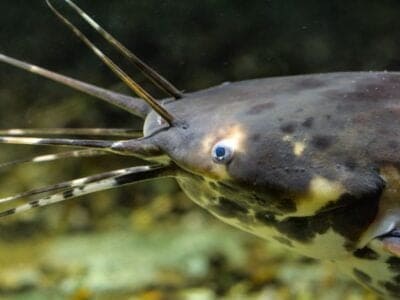
Walking Catfish
The walking catfish can move on land while breathing air
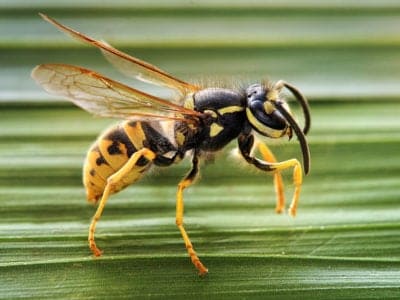
Wasp
There are around 75,000 recognised species!
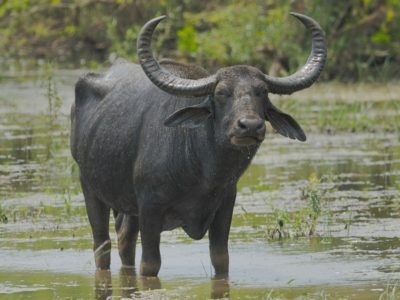
Water Buffalo
Has been domesticated for thousands of years!
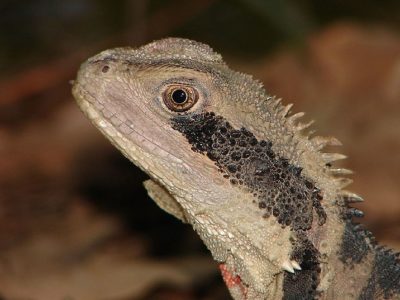
Water Dragon
Spends most of it's time in the trees!
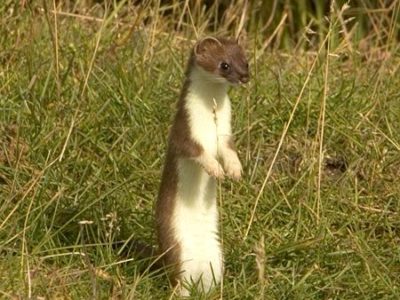
Weasel
The smallest carnivorous mammal in the world!

White Ferret / Albino Ferrets
There are two different types of white ferrets!
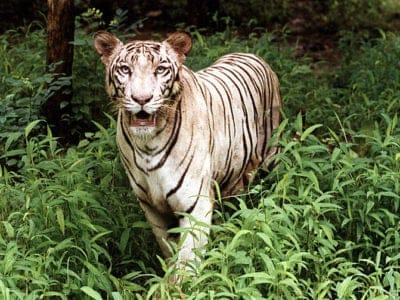
White Tiger
None have been seen in the wild for 50 years!
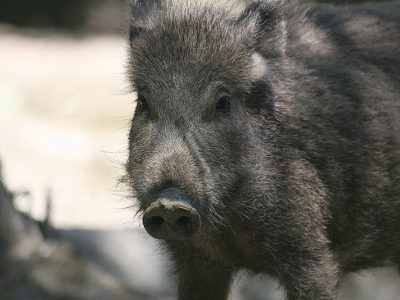
Wild Boar
Males have a top tusk to sharpen the bottom one!
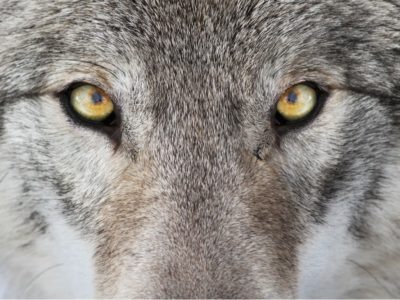
Wolf
Thought to date back more than 300,000 years!
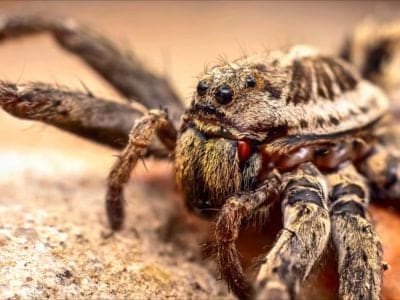
Wolf Spider
Carnivorous arachnid that hunts its prey.
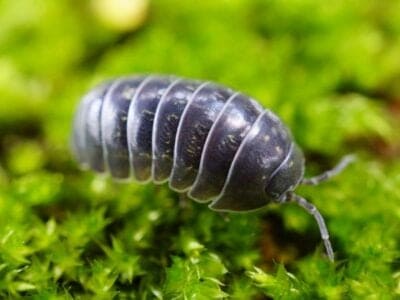
Woodlouse
This animal can roll up into a ball
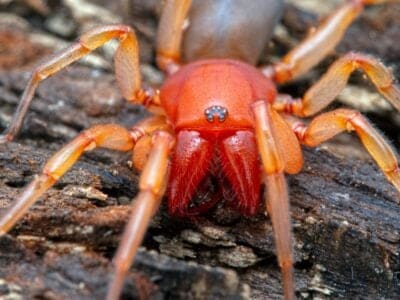
Woodlouse Spider
Unlike most spiders, woodlouse spiders don’t build a web.
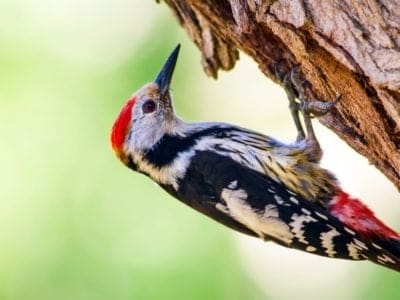
Woodpecker
There are 200 different species!
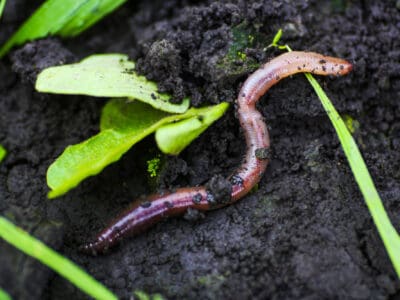
Worm
Doesn’t have eyes.
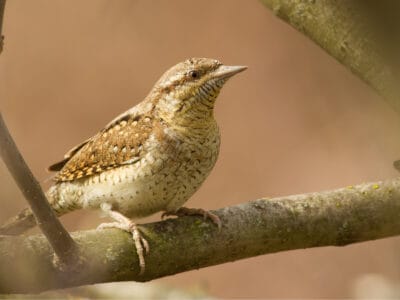
Wryneck
They feign death by making their bodies limp and closing their eyes.
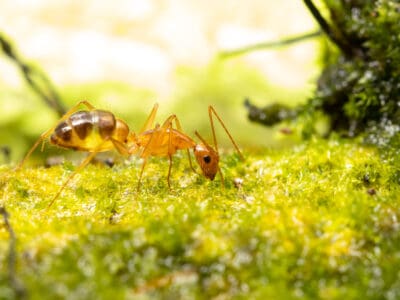
Yellow Crazy Ant
One of the top 100 worst invasive species!
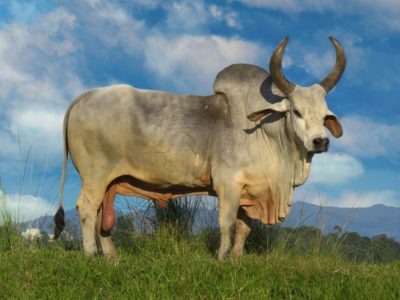
Zebu
There are around 75 different species!
Burmese Animals List
- Admiral Butterfly
- Ant
- Antelope
- Archerfish
- Armyworm
- Asian Elephant
- Asian Giant Hornet
- Asian Palm Civet
- Asian Vine Snake
- Asiatic Black Bear
- Aurochs
- Bamboo Rat
- Bamboo Worms
- Banana Spider
- Banded Krait
- Barb
- Barn Owl
- Barn Swallow
- Bat
- Bear
- Beauty rat snake
- Bed Bugs
- Bee
- Beetle
- Beewolf wasp
- Bengal Tiger
- Binturong
- Bird
- Birman
- Biscuit Beetle
- Black Widow Spider
- Blind Snake
- Brahminy Blindsnake
- Brazilian Treehopper
- Bronze-winged Jacana
- Brown Dog Tick
- Bumblebee
- Burmese
- Burmese Python
- Butterfly
- Camel Cricket
- Carpenter Ant
- Cashmere Goat
- Cat
- Caterpillar
- Catfish
- Centipede
- Chicken
- Cicada
- Cinereous Vulture
- Clouded Leopard
- Cobalt Blue Tarantula
- Cockroach
- Codling Moth
- Common Buzzard
- Common Furniture Beetle
- Common Green Magpie
- Common House Spider
- Common Raven
- Coral Snake
- Cormorant
- Cosmic Caterpillar
- Cow
- Cow Reticulated Python
- Crab
- Crab-Eating Macaque
- Crab Spider
- Crane
- Cricket
- Crocodile
- Crocodylomorph
- Crow
- Cuckoo
- Deer
- Desert Locust
- Dhole
- Dog
- Dog Tick
- Donkey
- Dormouse
- Draco Volans Lizard
- Dragonfly
- Duck
- Dung Beetle
- Eagle
- Earthworm
- Earwig
- Eel
- Elephant
- Falcon
- False Widow Spider
- Fiddler Crab
- Fire-Bellied Toad
- Firefly
- Fishing Cat
- Flea
- Fly
- Flying Squirrel
- Fox
- Frog
- Fruit Bat
- Fruit Fly
- Fulvous Whistling Duck
- Gazelle
- Gecko
- Gerbil
- German Cockroach
- Giant Trevally
- Gibbon
- Glass Lizard
- Glowworm
- Gnat
- Goat
- Goldcrest
- Golden Eagle
- Golden Oriole
- Goose
- Grasshopper
- Green Bee-Eater
- Green Rat Snake
- Gypsy Moth
- Hamster
- Hare
- Hawk Moth Caterpillar
- Hedgehog
- Heron
- Honey Bee
- Hoopoe
- Horse
- Horsefly
- Horseshoe Crab
- Housefly
- Human
- Huntsman Spider
- Ibis
- Indian Elephant
- Indian python
- Indochinese Tiger
- Insects
- Jackal
- Jerboa
- Jumping Spider
- Keelback
- King Cobra
- King Quail
- Kingfisher
- Ladybug
- Leech
- Leopard
- Leopard Cat
- Liger
- Lizard
- Loach
- Locust
- Long-Eared Owl
- Long-Tailed Tit
- Lorikeet
- Loris
- Magpie
- Malayan Krait
- Mandarin Rat Snake
- Mangrove Snake
- Masked Palm Civet
- Mayfly
- Mealybug
- Mekong Giant Catfish
- Merganser
- Millipede
- Mole
- Mongoose
- Mongrel
- Monitor Lizard
- Monkey
- Monocled Cobra
- Moorhen
- Mosquito
- Moth
- Mourning Gecko
- Mouse
- Mule
- Muntjac
- Musk Deer
- Myna Bird
- Neanderthal
- Nematode
- Newt
- Nightingale
- No See Ums
- Northern Pintail
- Orb Weaver
- Osprey
- Otter
- Owl
- Ox
- Pangolin
- Parakeet
- Parrot
- Peacock
- Peregrine Falcon
- Pheasant
- Pheasant-tailed Jacana
- Pig
- Pigeon
- Pika
- Pink-Necked Green Pigeon
- Pipe Snake
- Pit Viper
- Platinum Arowana
- Pompano Fish
- Pond Skater
- Porcupine
- Praying Mantis
- Quail
- Rabbit
- Rat
- Rat Snakes
- Red-Headed Vulture
- Redback Spider
- Reticulated python
- Rhinoceros
- River Turtle
- Robin
- Rodents
- Rooster
- Sable Ferret
- Salamander
- Sambar
- Sand Crab
- Sarus Crane
- Scorpion
- Sea Eagle
- Seahorse
- Sheep
- Short-Eared Owl
- Shrew
- Shrimp
- Betta Fish (Siamese Fighting Fish)
- Skink Lizard
- Slow Worm
- Slug
- Smokybrown Cockroach
- Snail
- Snake
- Sparrow
- Spider Wasp
- Spiny Hill Turtle
- Spitting Cobra
- Spotted Garden Eel
- Squirrel
- Stick Insect
- Stoat
- Stork
- Sunbeam Snake
- Swallowtail Butterfly
- Swan
- Takin
- Tarantula Hawk
- Termite
- Thrush
- Tick
- Tiger
- Tiger Beetle
- Tokay Gecko
- Tortoise
- Tree Frog
- Tree Viper (Bamboo Viper)
- Turtles
- Vine Snake
- Vinegaroon
- Viper
- Vulture
- Walking Catfish
- Wasp
- Water Buffalo
- Water Dragon
- Weasel
- White Ferret / Albino Ferrets
- White Tiger
- Wild Boar
- Wolf
- Wolf Spider
- Woodlouse
- Woodlouse Spider
- Woodpecker
- Worm
- Wryneck
- Yellow Crazy Ant
- Zebu
Animals in Myanmar FAQs (Frequently Asked Questions)
What animals are native to Myanmar?
Myanmar is particularly rich in bats, rodents, insects, hoofed mammals, monkeys, felines, snakes, and carnivorous wildlife.
Does Myanmar have any rhinos?
Myanmar was once home to two species of rhino: the Javan rhinoceros and the Sumatran rhinoceros, both of which are critically endangered. There are unconfirmed reports of some rhinos still living in the country, but no one has been able to check because of local conflicts.



